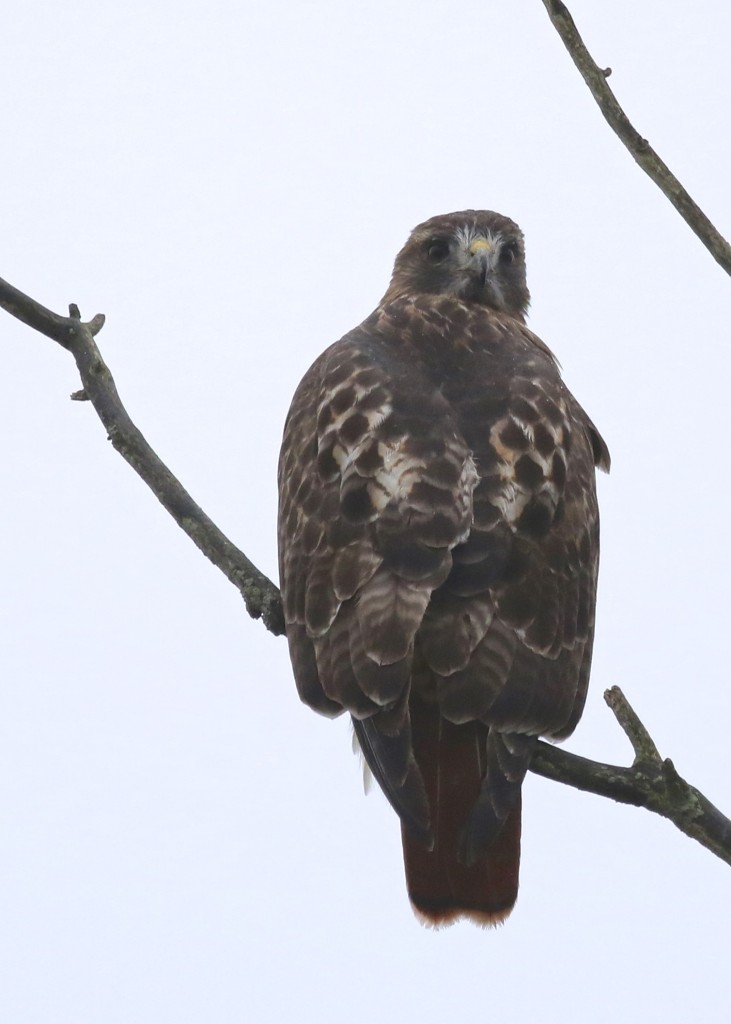
QUICK POST: I made the rounds in southern Orange County this afternoon but I didn’t find anything out of the ordinary to report. It was a cold and gray one, but I still did my best to get some photos; here are a couple of shots from the day.


QUICK POST: I made the rounds in southern Orange County this afternoon but I didn’t find anything out of the ordinary to report. It was a cold and gray one, but I still did my best to get some photos; here are a couple of shots from the day.

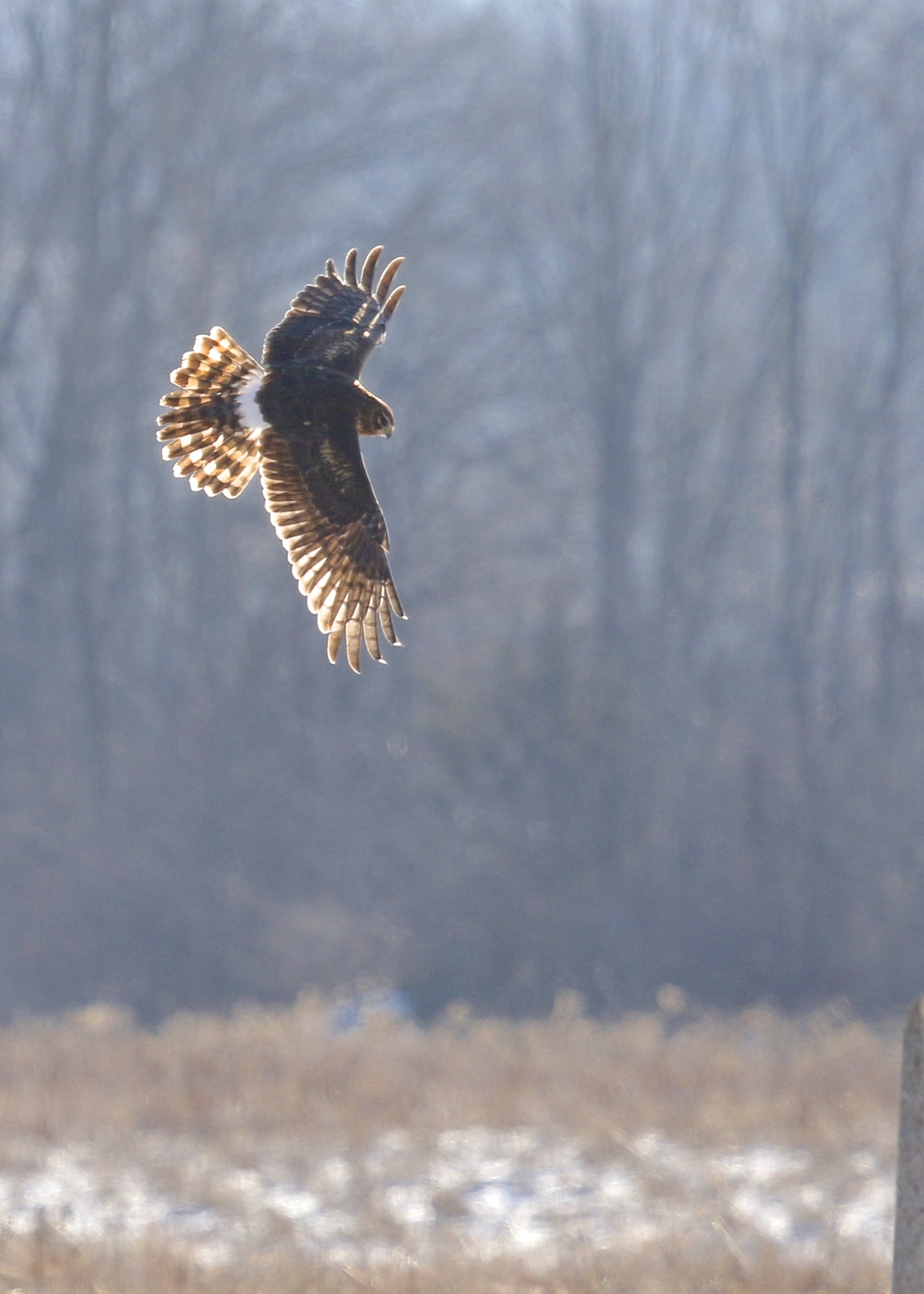
I started my day off this morning heading out to the Shawangunk Grasslands National Wildlife Refuge. I was meeting Wayne Hall out there, he wanted to talk to me about a column he is putting together about myself, birding, and bird photography. It was a very cold morning, but Wayne and I walked the trails a bit and talked. We took refuge from the wind in the south blind for a little while, continued our conversation and had a couple of nearby Northern Harriers. Back in the parking lot, I spotted, in the distance, our first Rough-legged Hawk of the day. Shortly after I first noticed the RLHA, it swooped down and flushed 10 Short-eared Owls. The owls did not stay up for long, but it was good to see them. Wayne and I sat in my car for a while and, as we talked, I had an adult Bald Eagle fly over in the distance. It was a pleasure to meet Wayne, and I will be curious to see how his column comes out. It was also nice that we did so well for birds while we were there. I should also mention that on my way out to the grasslands I made a quick stop by Lippincott where I was happy to find what I was looking for: Eleven Common Goldeneyes.
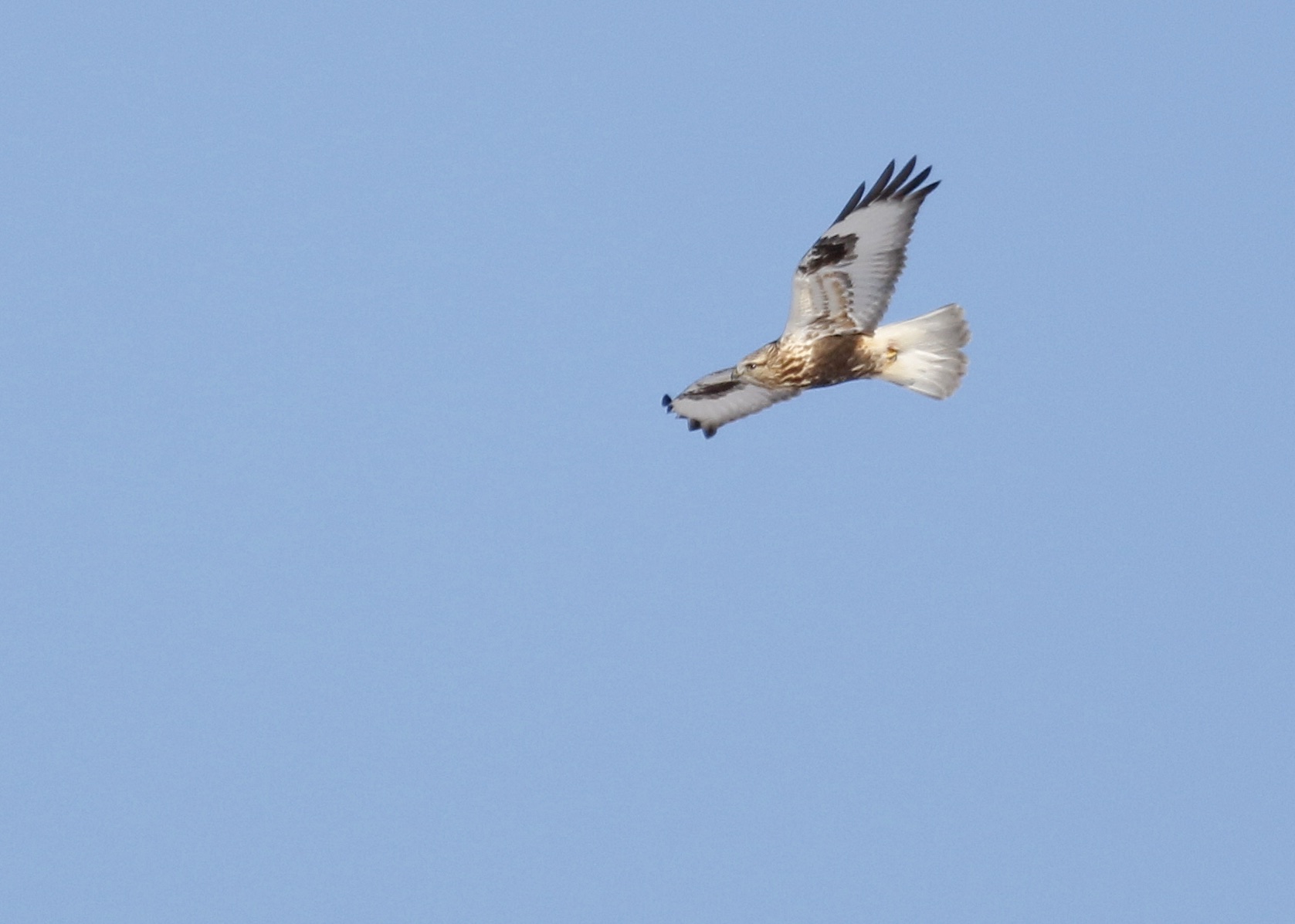
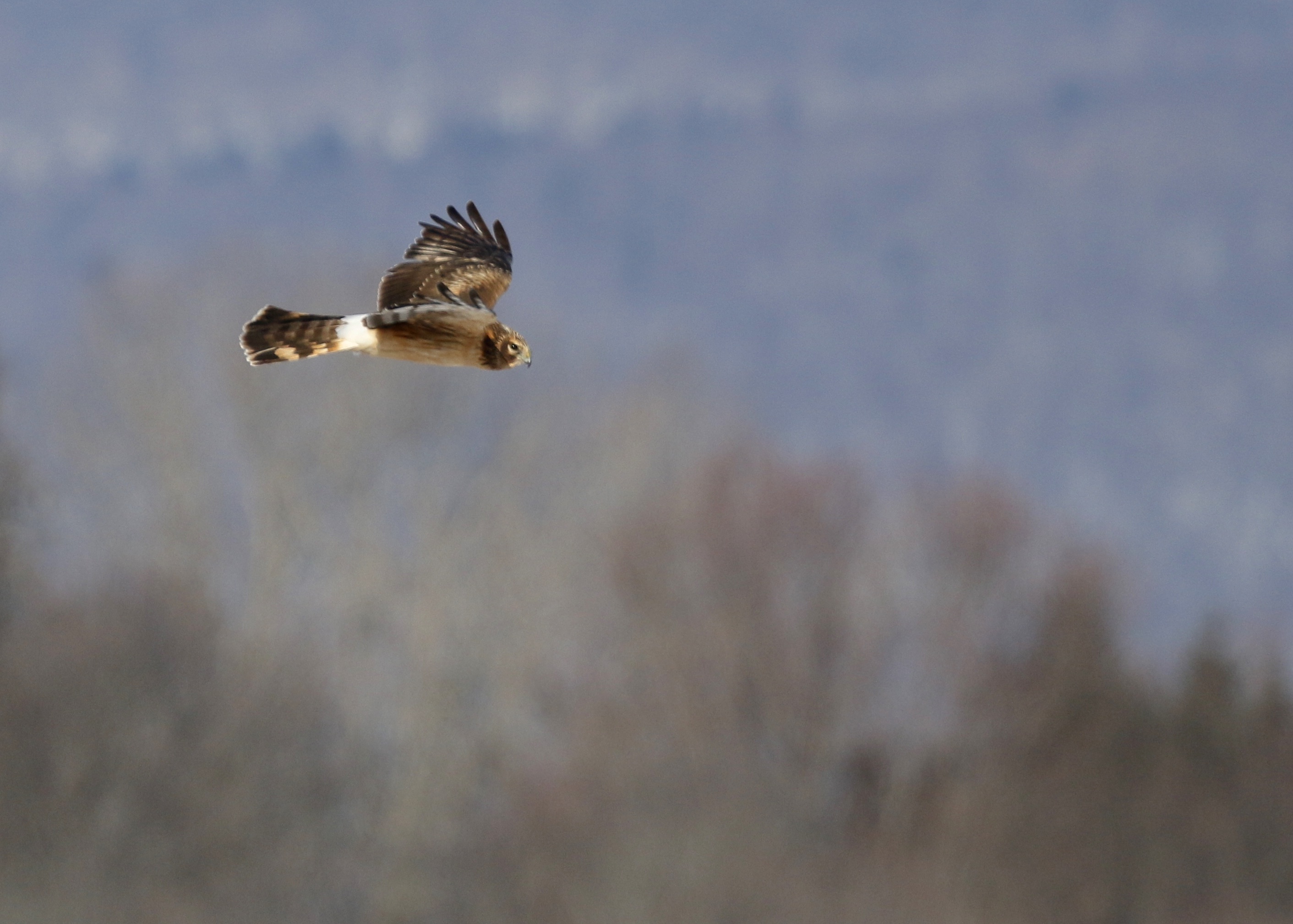
In the afternoon, I did a quick driving tour of parts of the Black Dirt Region. My main goal was to hopefully located a large group of geese to sort through, which I did on Onion Avenue in New Hampton, NY. Unfortunately, just as I started to look through them, in a large and loud wave, every last Canada Goose picked up. I estimate that there were approximately 2000 birds present. Most of the geese seemed to relocate to the Wallkill River, right along Celery Avenue; I did not follow them over there, I will try my luck with them again tomorrow.

I ended up with 23 species in the black dirt, all expected species, and I took photos along the way. I was particularly happy to run into this young Cooper’s Hawk:
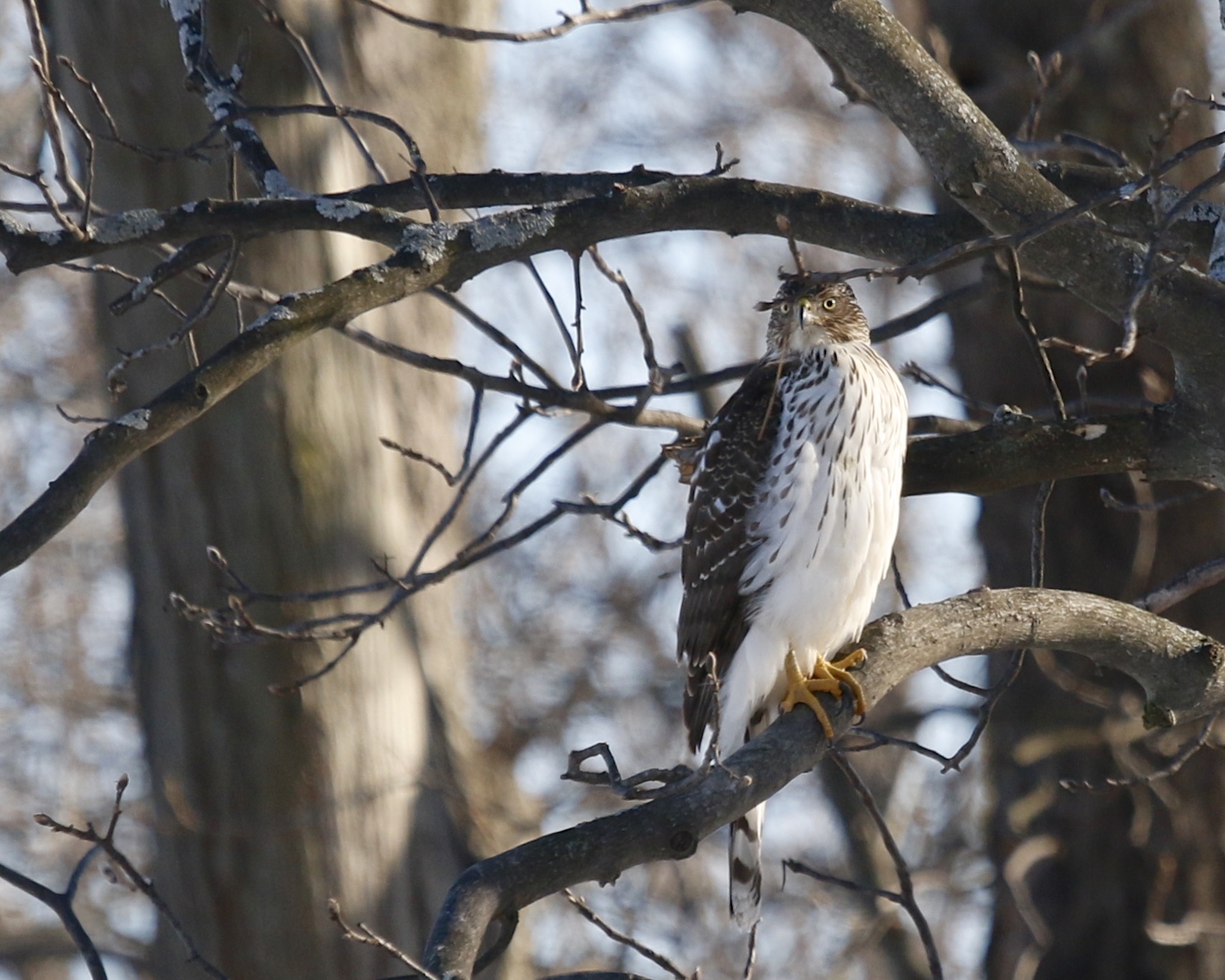
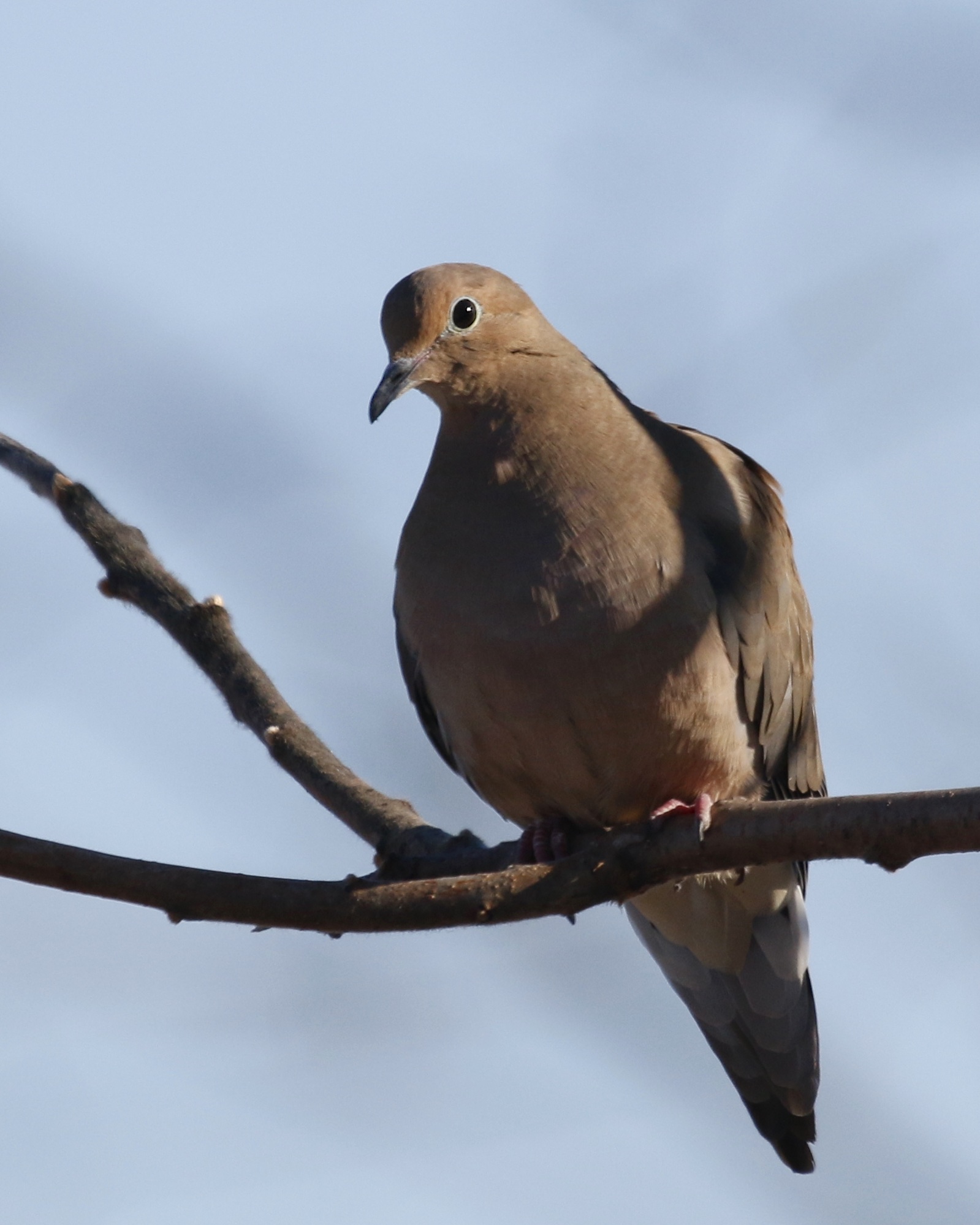
My final stop of the night was the Wallkill River National Wildlife Refuge. I met up with Linda Scrima and Maria Loukeris by the Liberty Loop platform where we enjoyed the White-crowned Sparrows that have been hanging out there. Maria headed home, Linda and I walked out on Liberty Lane. We had a super surprise when we came upon a large flock of American Tree Sparrows; I estimate that there were close to 60 birds present. They would perch on the trees and bushes along Liberty Lane, then fly off into the refuge and disappear into the grasses. Then they would all return and perch briefly before heading back out to the refuge. They did this at least a half a dozen times before we headed back to the parking lot.

It was 4:40 and the light was getting low when the Short-eared Owls got up. There was just enough light to get some grainy photos; it was a great way to end a super day of birding from one National Wildlife Refuge to another.
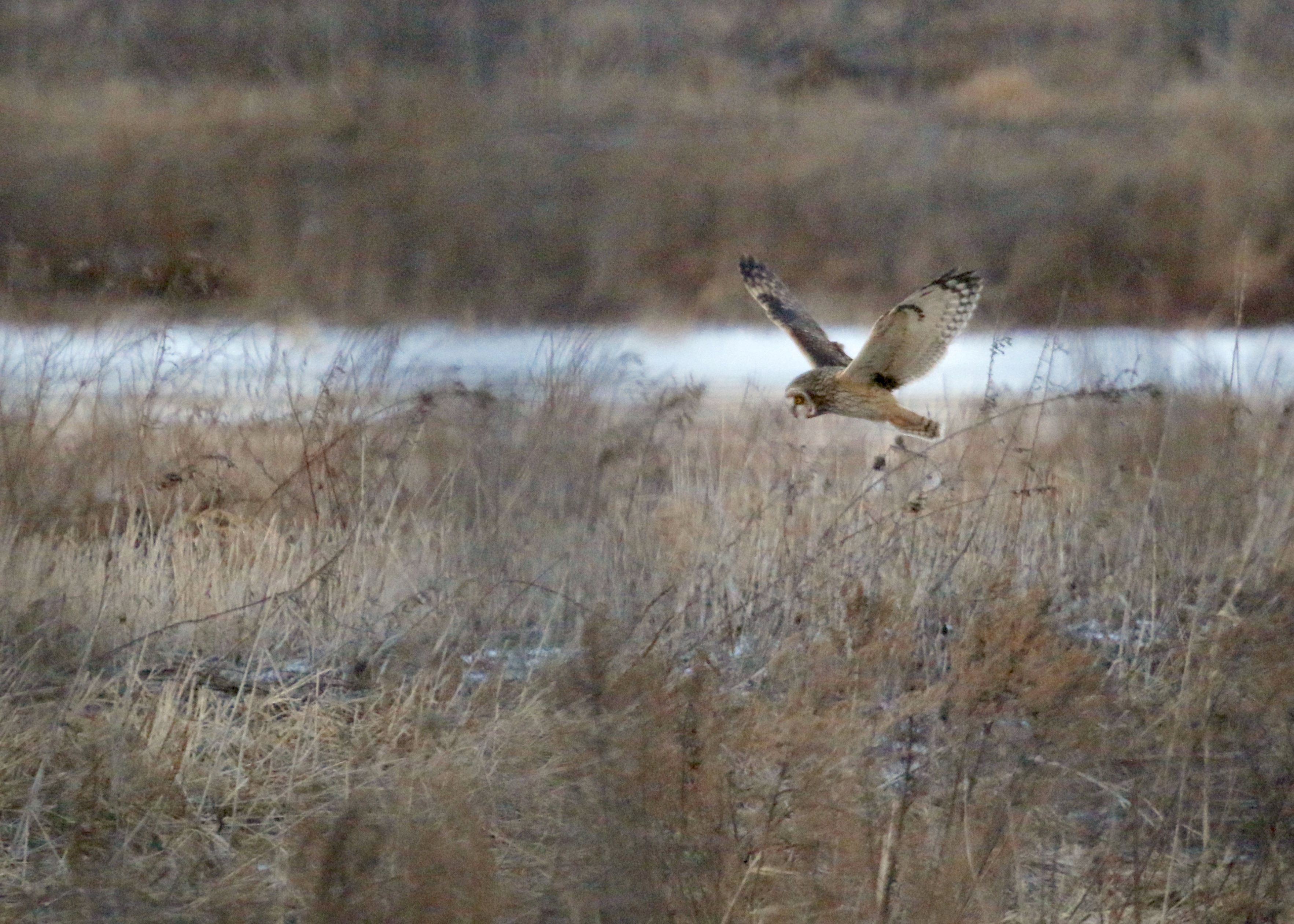
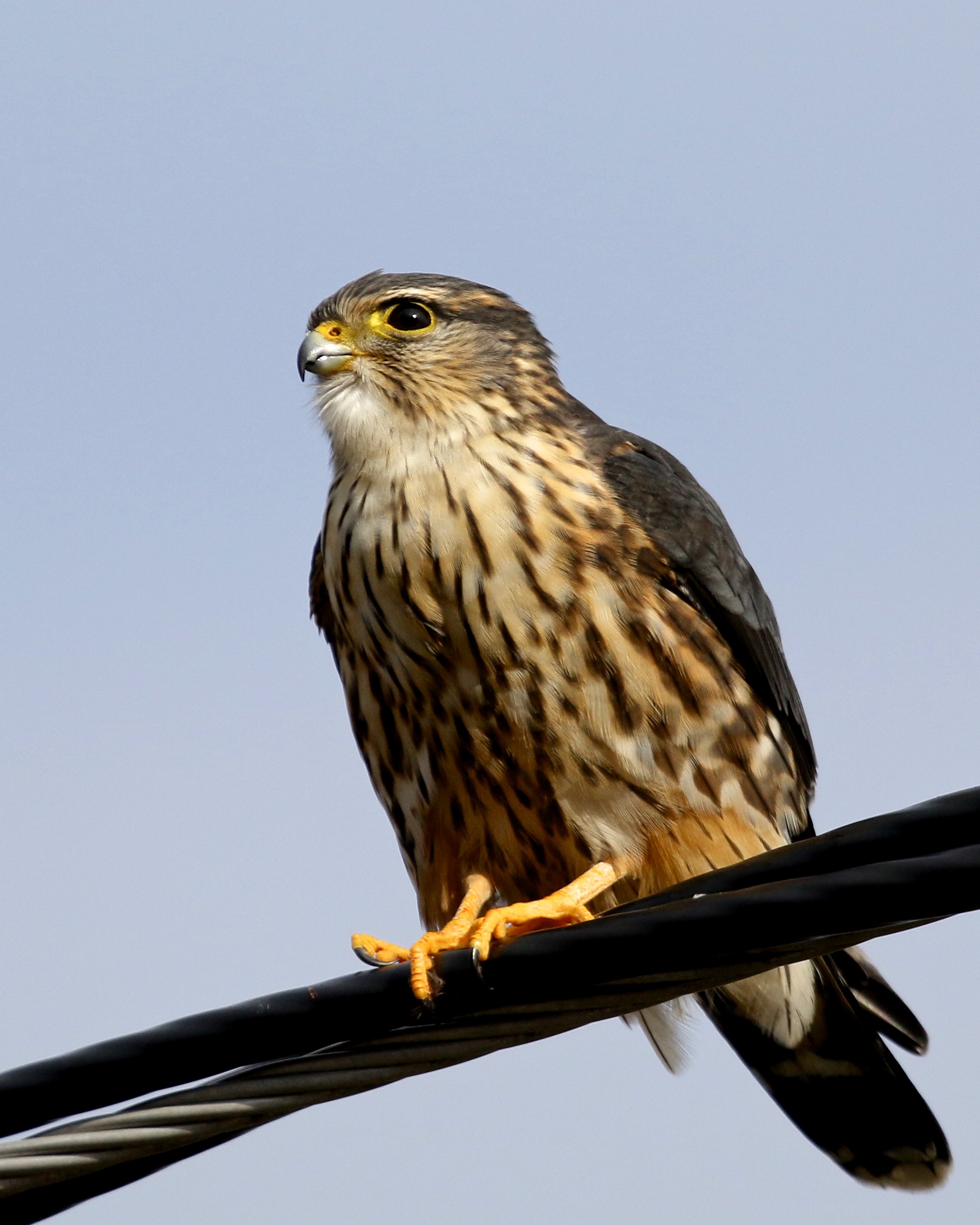
I was lucky enough to have the day off today, and the weather was perfect, so it made for a great day of birding. I started the morning by taking a tour of the black dirt region, where I had 23 species. Highlights include a MERLIN on a wire seen on Onion Avenue and a LAPLAND LONGSPUR in a large flock of Horned Larks on Mission Land Road in Pine Island.



I also made quick stops at Glenmere Lake and Warwick Lake – I added 5 species to my list, and I had a pair of adult Bald Eagles at both locations. My final stop was the Newburgh Waterfront; I stopped first at the Newburgh-Beacon Ferry parking; Fish Crows were calling from the trees as I sorted through the gulls there but found only Ring-billed, Herring, and Great Black-backed Gulls present. From there I went to the parking lot of the old Torches. Immediately, as I got out of the car, I saw a first winter ICELAND GULL on the edge of the parking lot among the other gulls and Rock Pigeons. I was able to get much better photos than I did earlier in the week, but I failed to get any flight photos. Once the gulls picked up, it was very chaotic and difficult to follow where the the Iceland Gull went. I eventually relocated the bird on a piling in the water, but just as I located it, all the gulls picked up again. Ken McDermott joined me shortly after that, but when I decided to head home, we still had not relocated the bird. I added an additional 5 species to my list for the day, giving me a total of 33 species for the day.



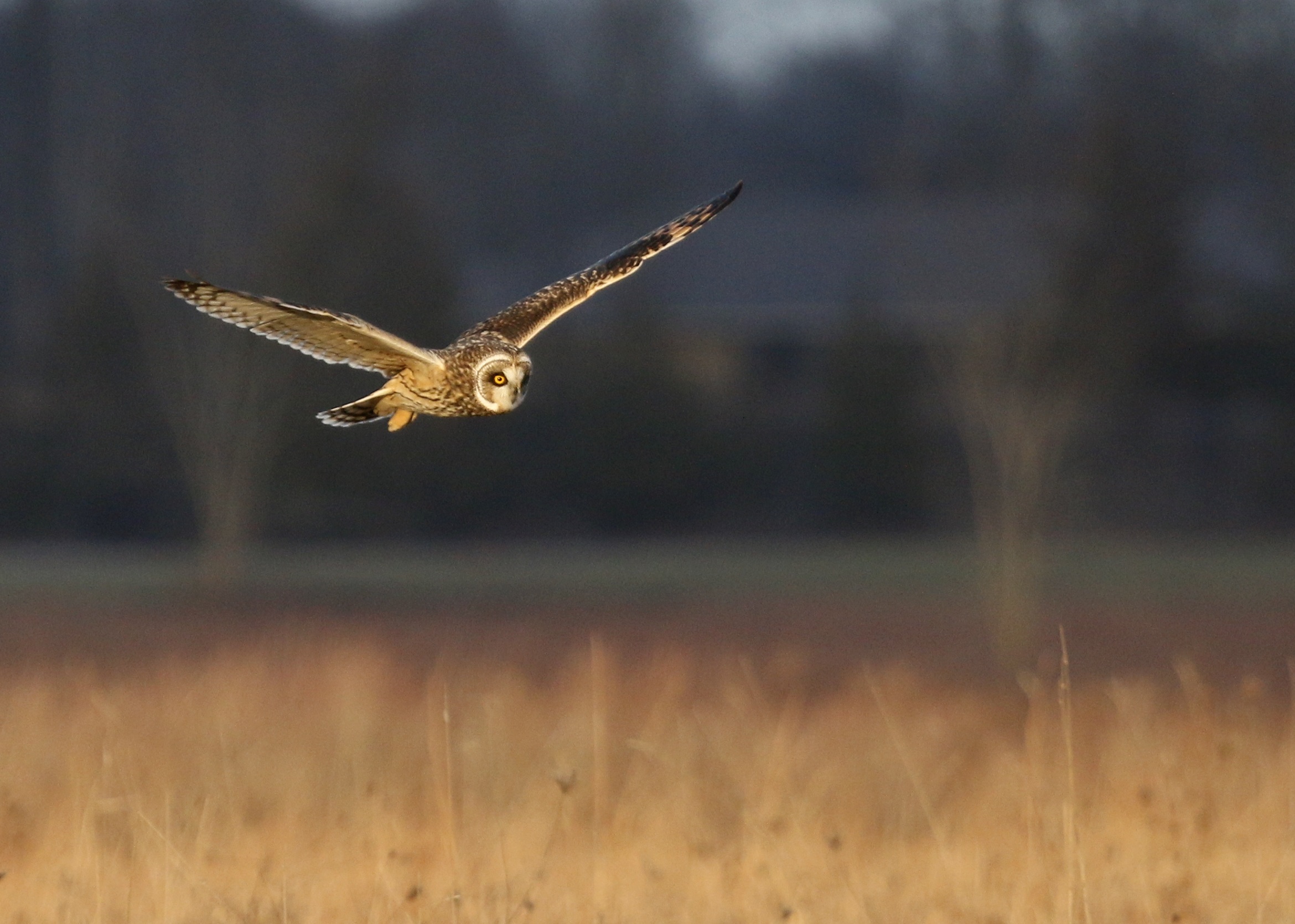
I had a full day of birding today, but the best was saved for last. Huge thanks to PJ Singh who texted me to let me know that there was a single Short-eared Owl up early at the Shawangunk Grasslands NWR. I was over in Newburgh picking up a couple of birds I needed for the county (Great Black-backed Gull and Great Cormorant), and I was not going to go to the grasslands. It had been gray and cloudy all day which would not make for good photos, and the owls had not been up early yet this year as far as I knew. I decided to head over to check it out and boy am I glad I did. Sun came out and the so did the SEOWs, right before 3:30. I was lucky enough to get into the south blind and that’s where the birds seemed to spend most of their time tonight. PJ joined me in the blind shortly after the owls got up and wow did they put on a show! I approximate at least 10 Short-eared Owls were there, but it is tough to get a good count while photographing. What an exciting afternoon!
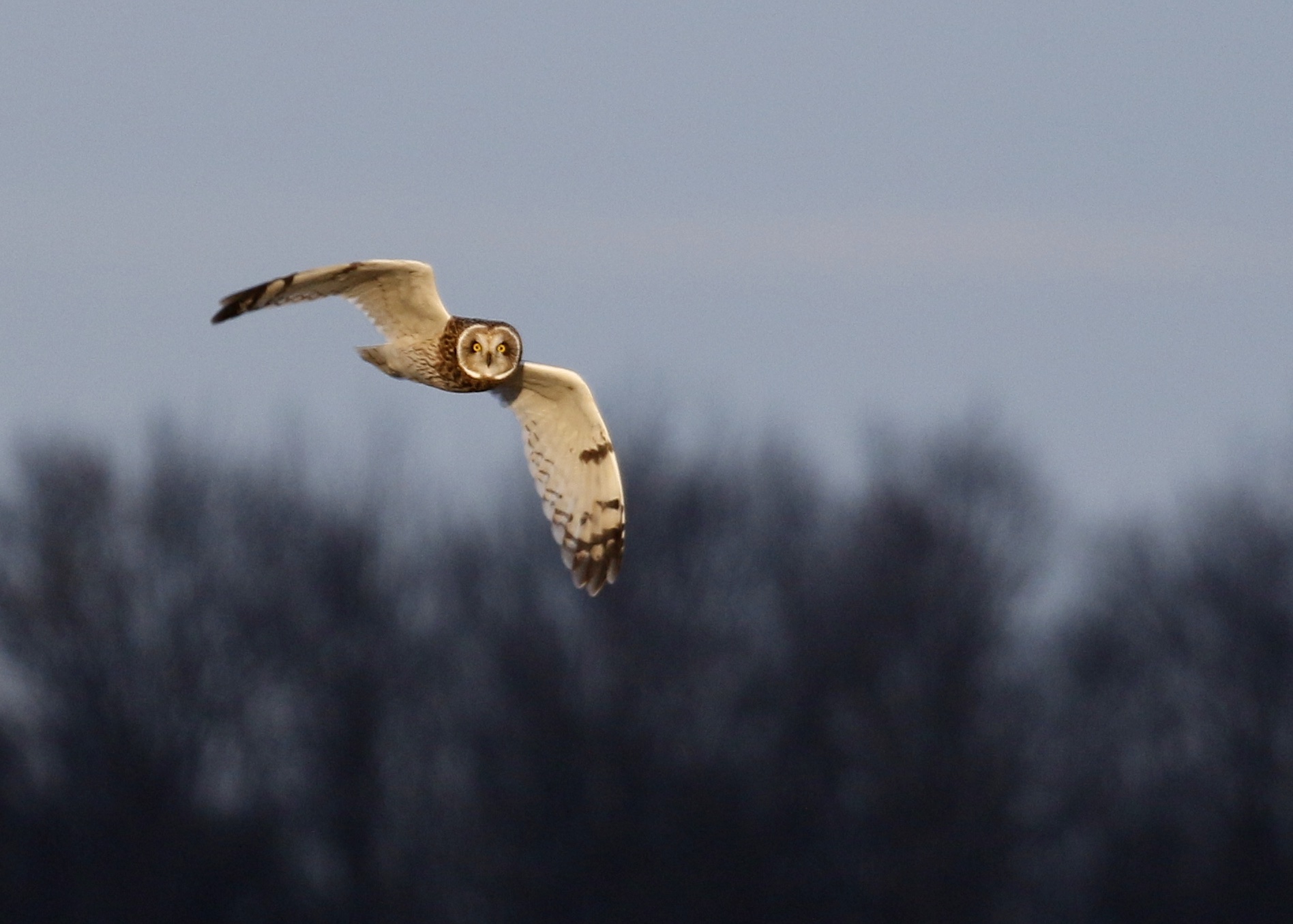
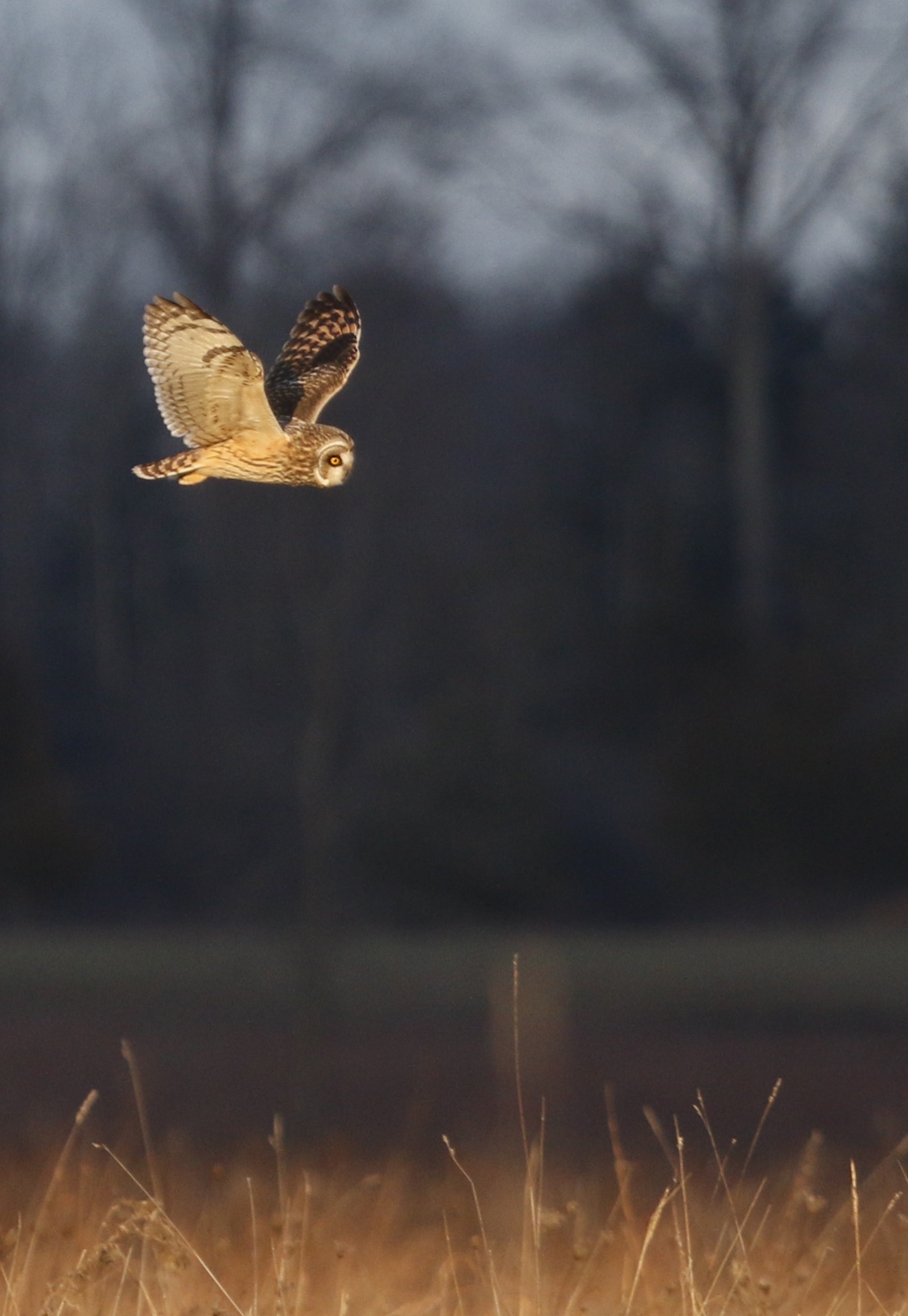
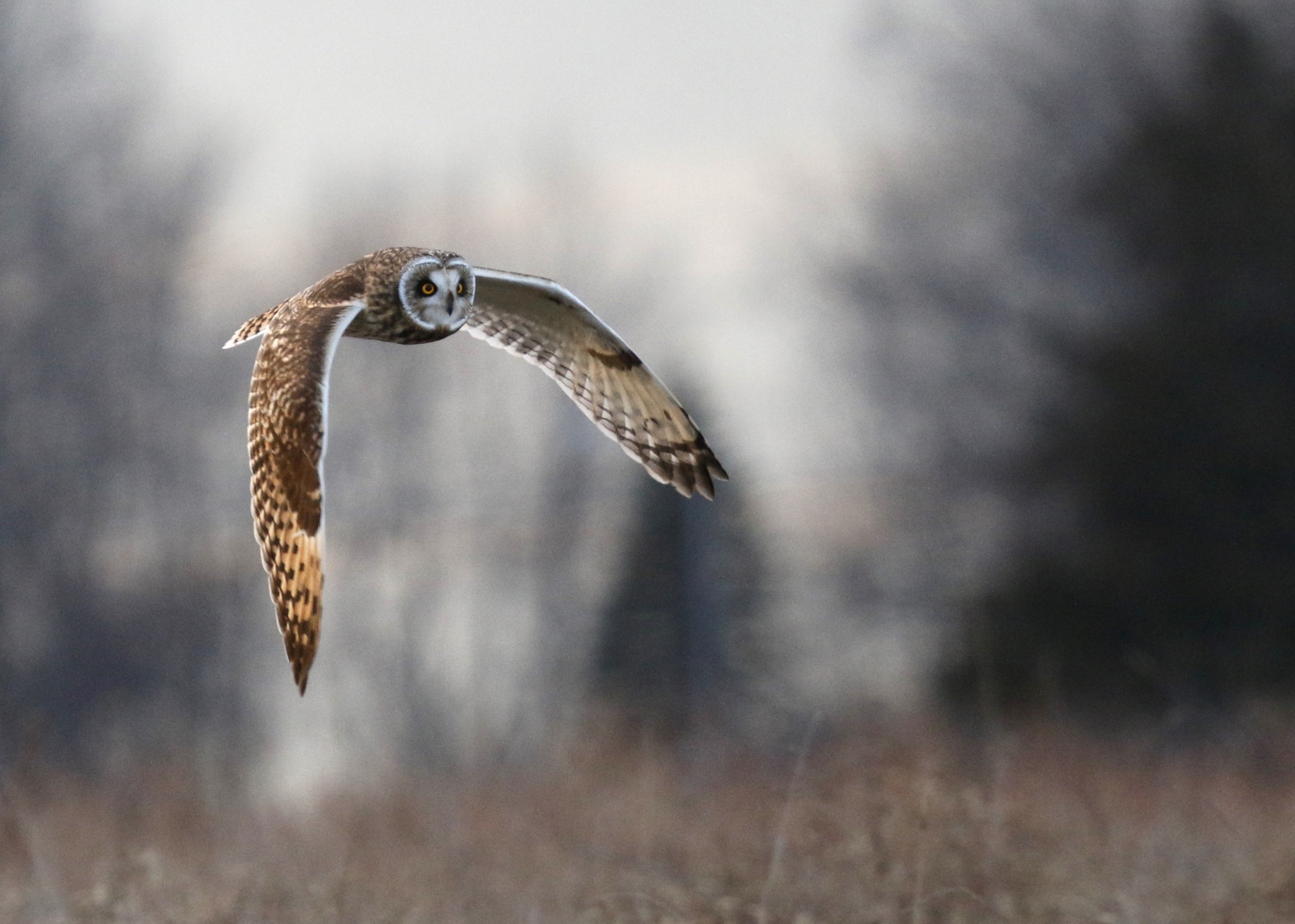
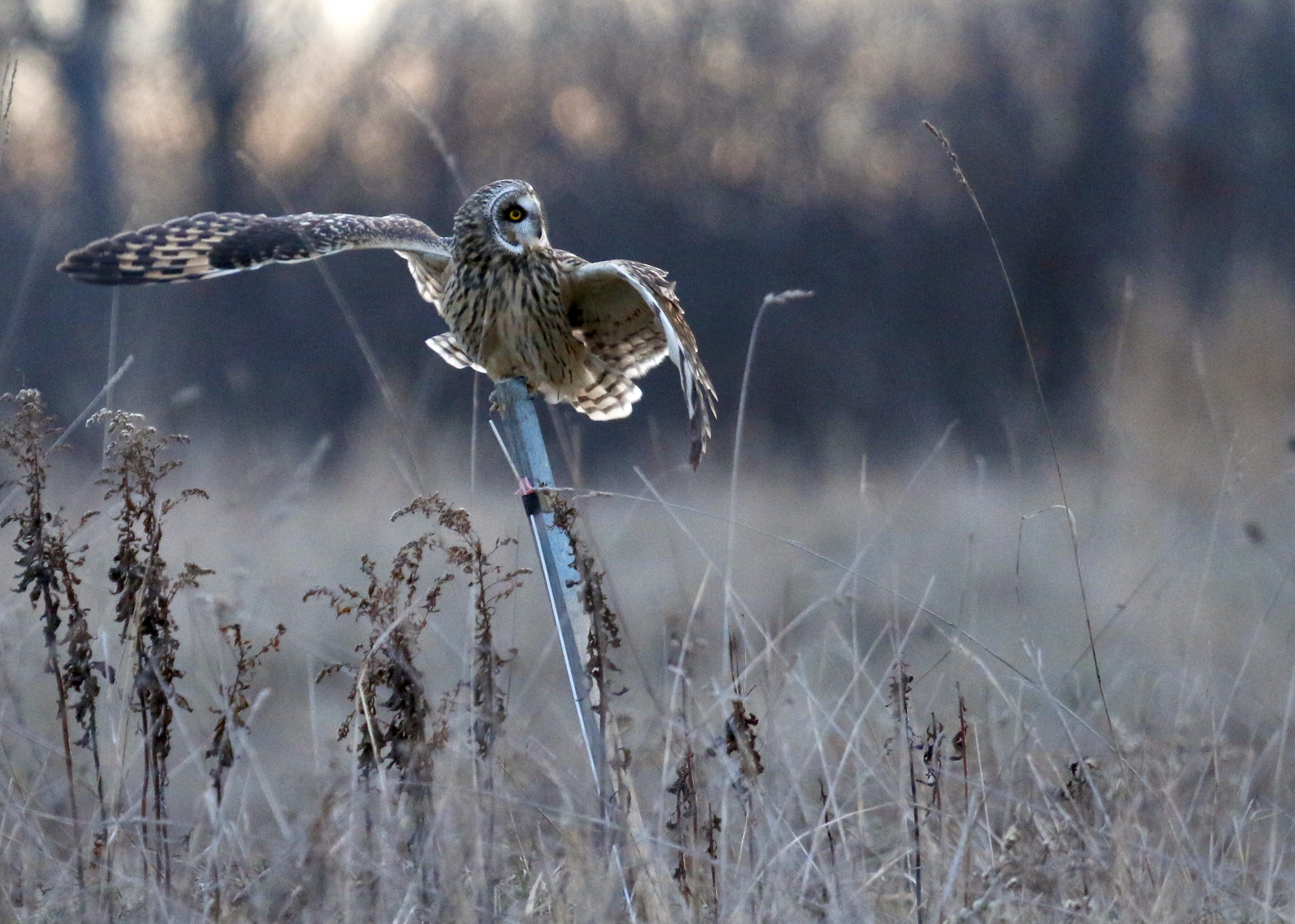
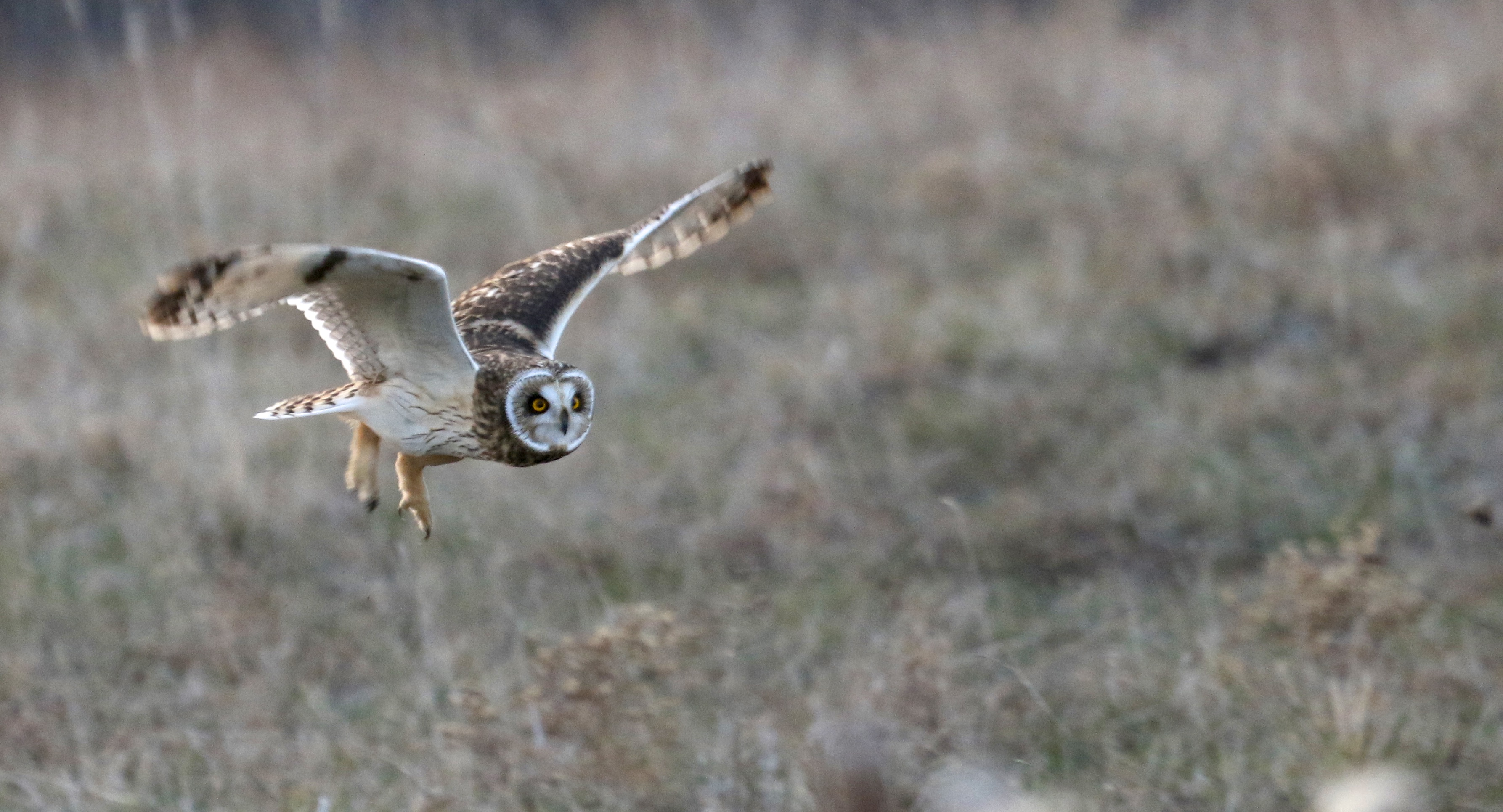
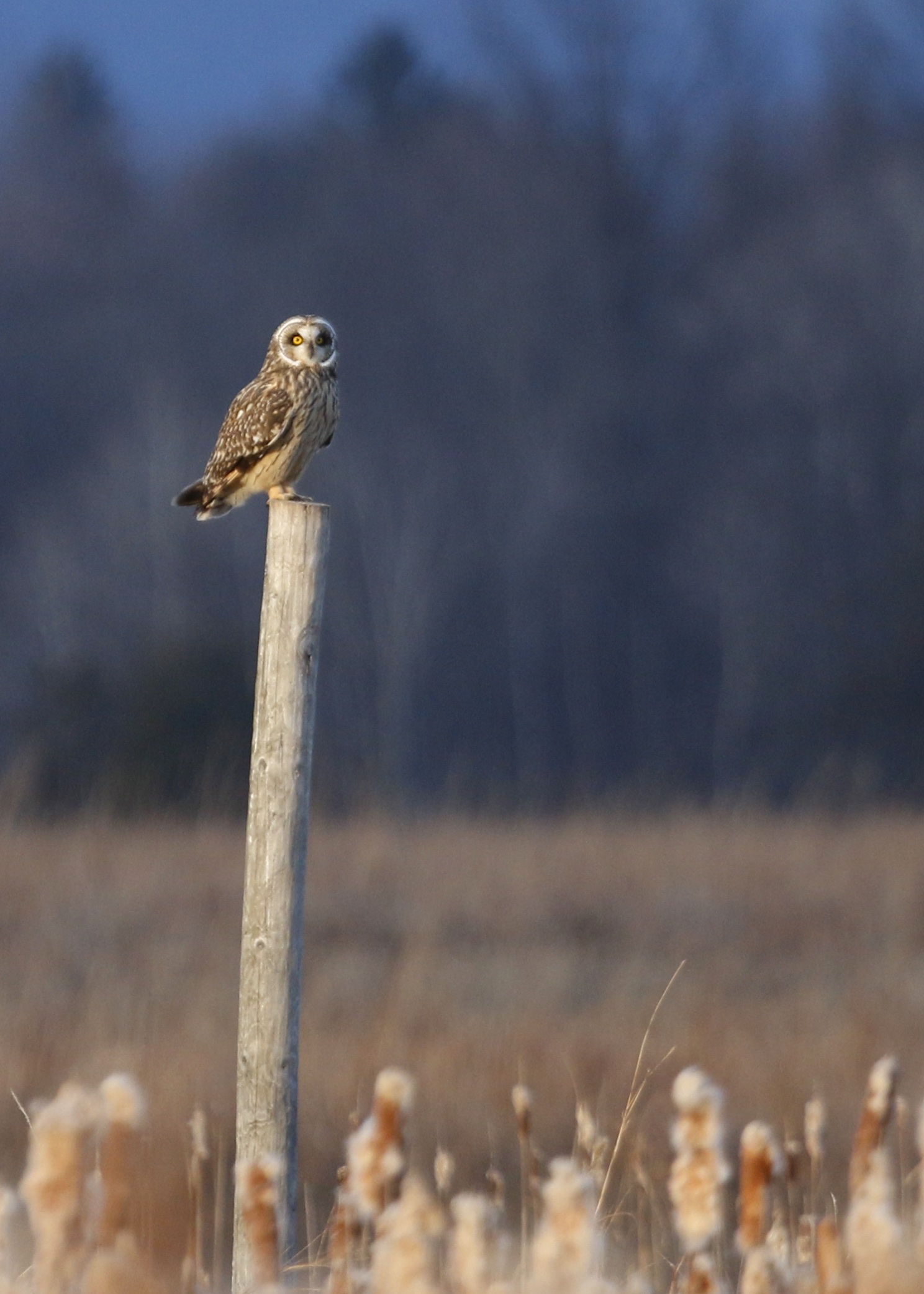
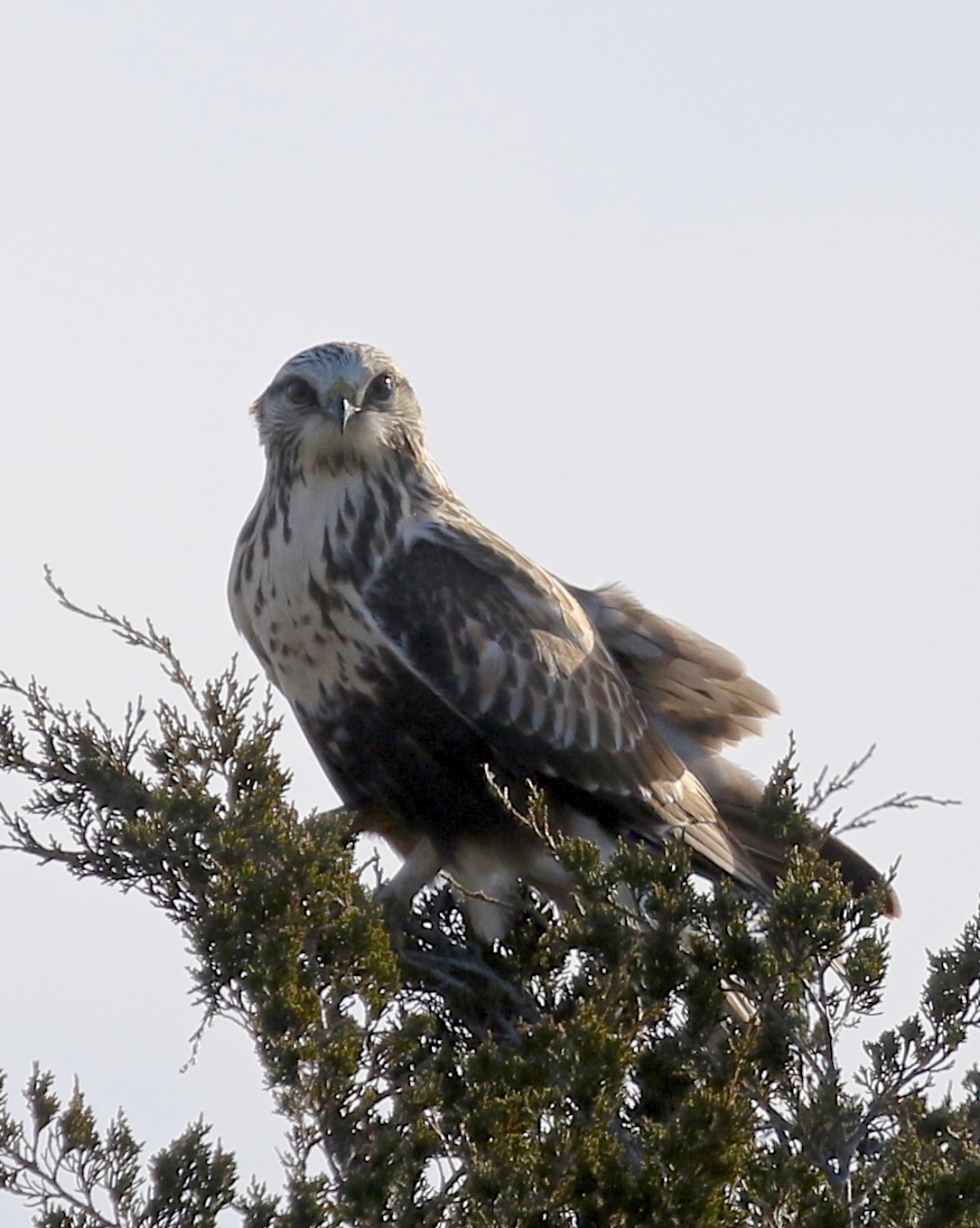
**NOTE: I finally figured out how to get email subscriptions to the blog. If you are interested, please look at the top of the side bar on the right to subscribe. Please note that you have to respond to the confirmation sent to your email address.**
One thing I knew I wanted to do this weekend was to try to get out to the Shawangunk Grasslands NWR. When Ken McDermott let me know on Friday evening that he had a Northern Shrike there that day, I knew for sure that’s where I was headed. Saturday was, unfortunately, a wash. Steady rains all day made for poor birding, though it was not for lack of trying. I went to the grasslands early in the day where I met up with John Haas and Ralph Tabor and we had no luck with the shrike. Sunday was a different story; it was a beautiful, sunny, cold, and crisp day which was very refreshing. No luck again with the Northern Shrike, but I did REALLY well with raptors. I spent a few hours in the morning in the new blind that Ralph placed pretty far into the eastern most portion of the refuge. The blind is well placed with several nearby trees for the birds to perch on, and it is in an area where the Rough-legged Hawks seem to spend a lot of time. By the time I headed back to my car in the early afternoon, I had put together what I consider a pretty good list of raptors:
Black Vulture (3)
Turkey Vulture (4)
Bald Eagle (2 adults)
Northern Harrier (4)
Red-tailed Hawk (5)
Rough-legged Hawk (5 – at least!)
American Kestrel (1)
Peregrine Falcon (1)
And, being in a blind, I had some very good opportunities for photos:
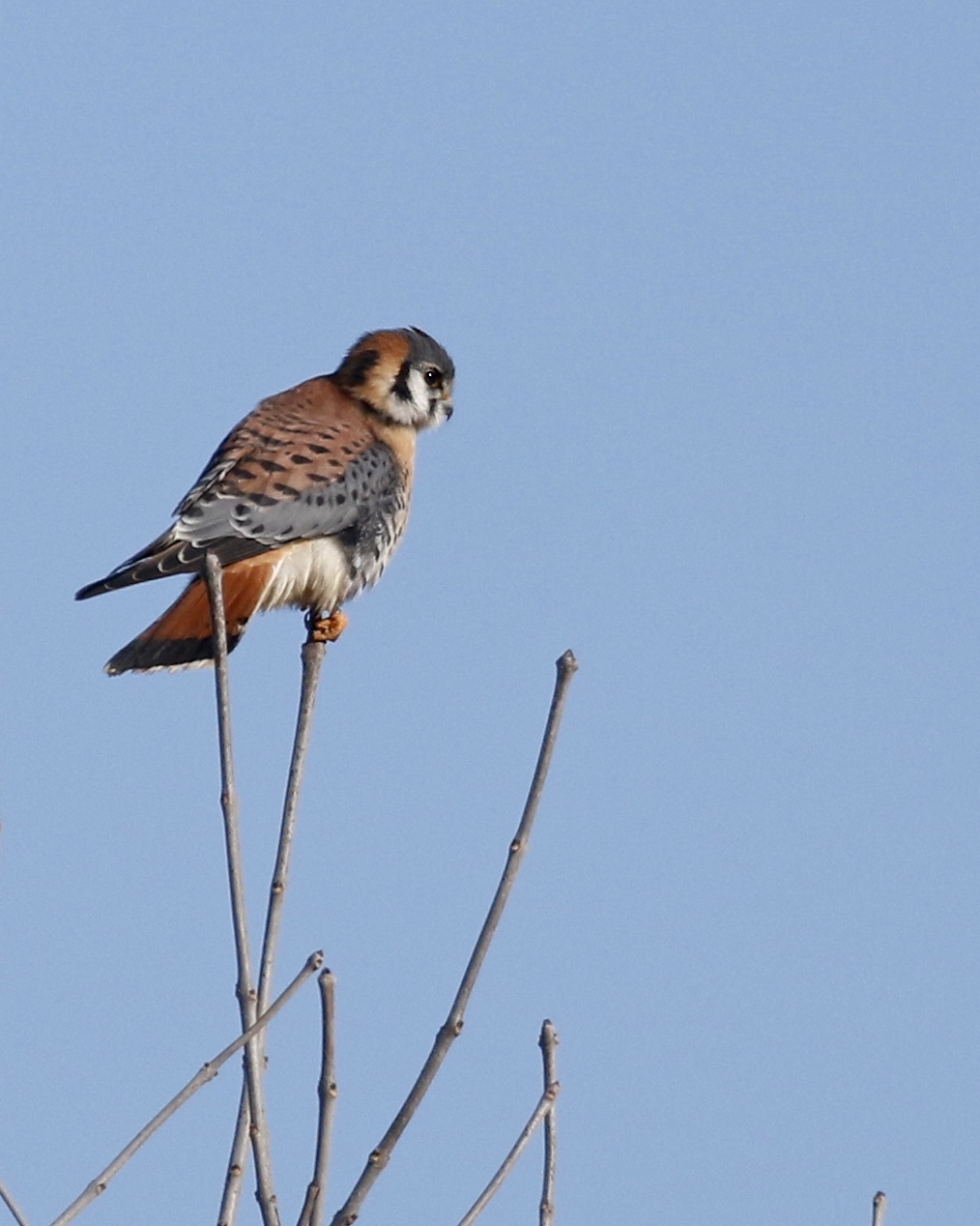
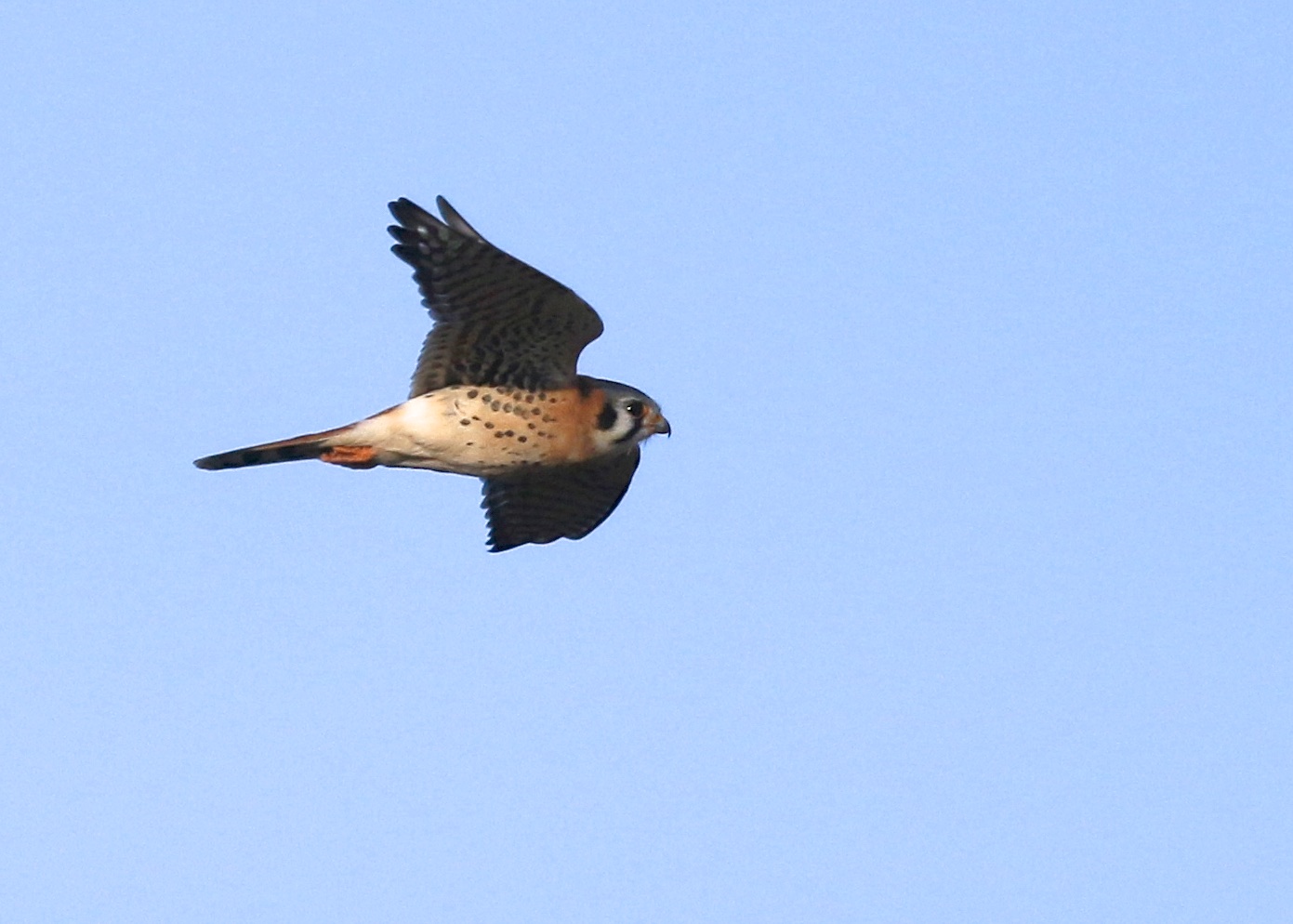
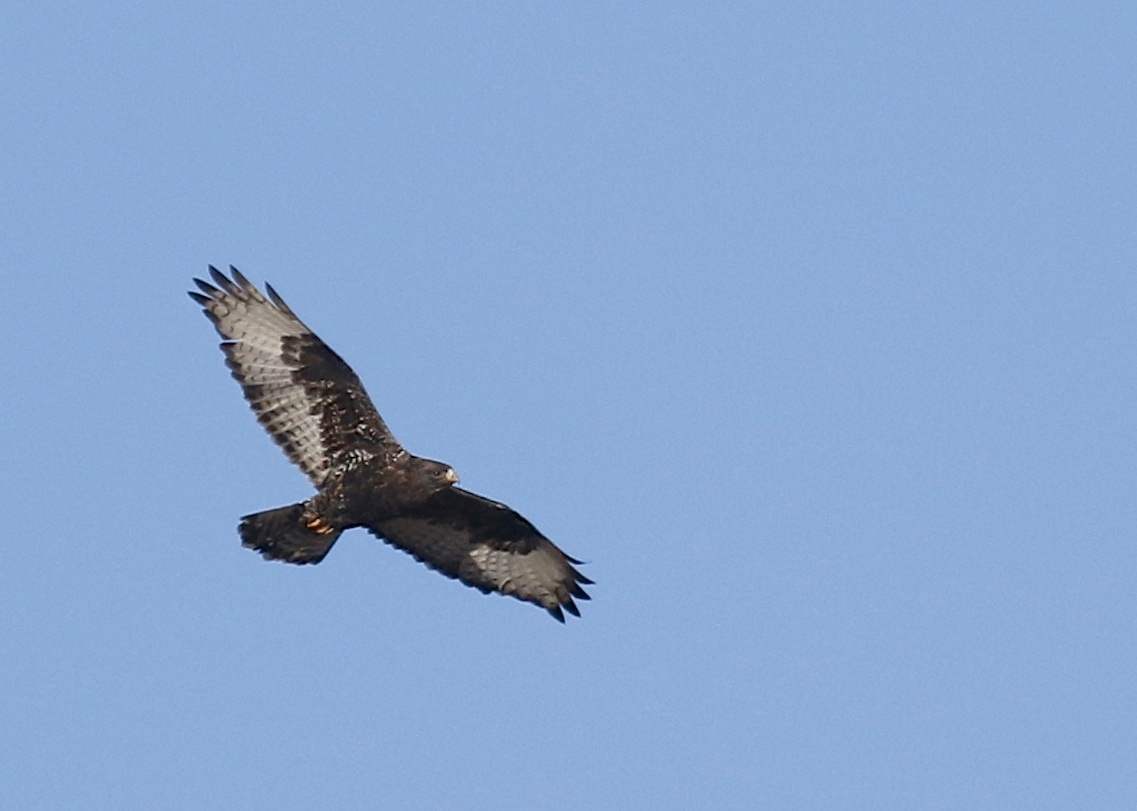
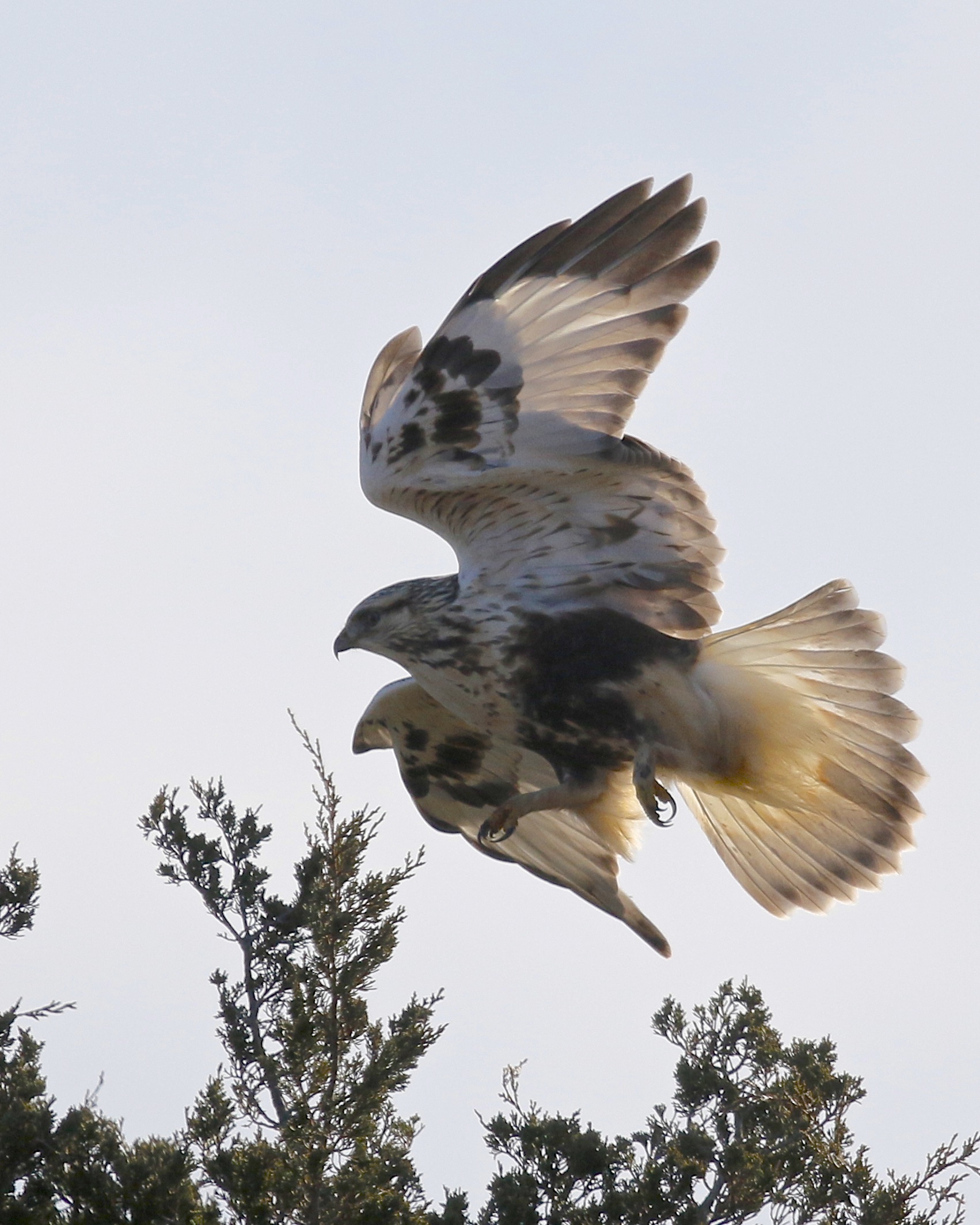

In the parking lot of the refuge I ran into PJ Singh who decided to join me in looking for some waterfowl. At our first stop, Lippincott Road in Wallkill, we saw a half dozen Common Mergansers, but that’s it. We did much better at our second stop, Chadwick Lake. The highlight for me was five Common Goldeneyes, and we also had: Ruddy Duck (9), Ring-necked Duck (35), Hooded Merganser (6), Common Loon (1), and a single Mute Swan.
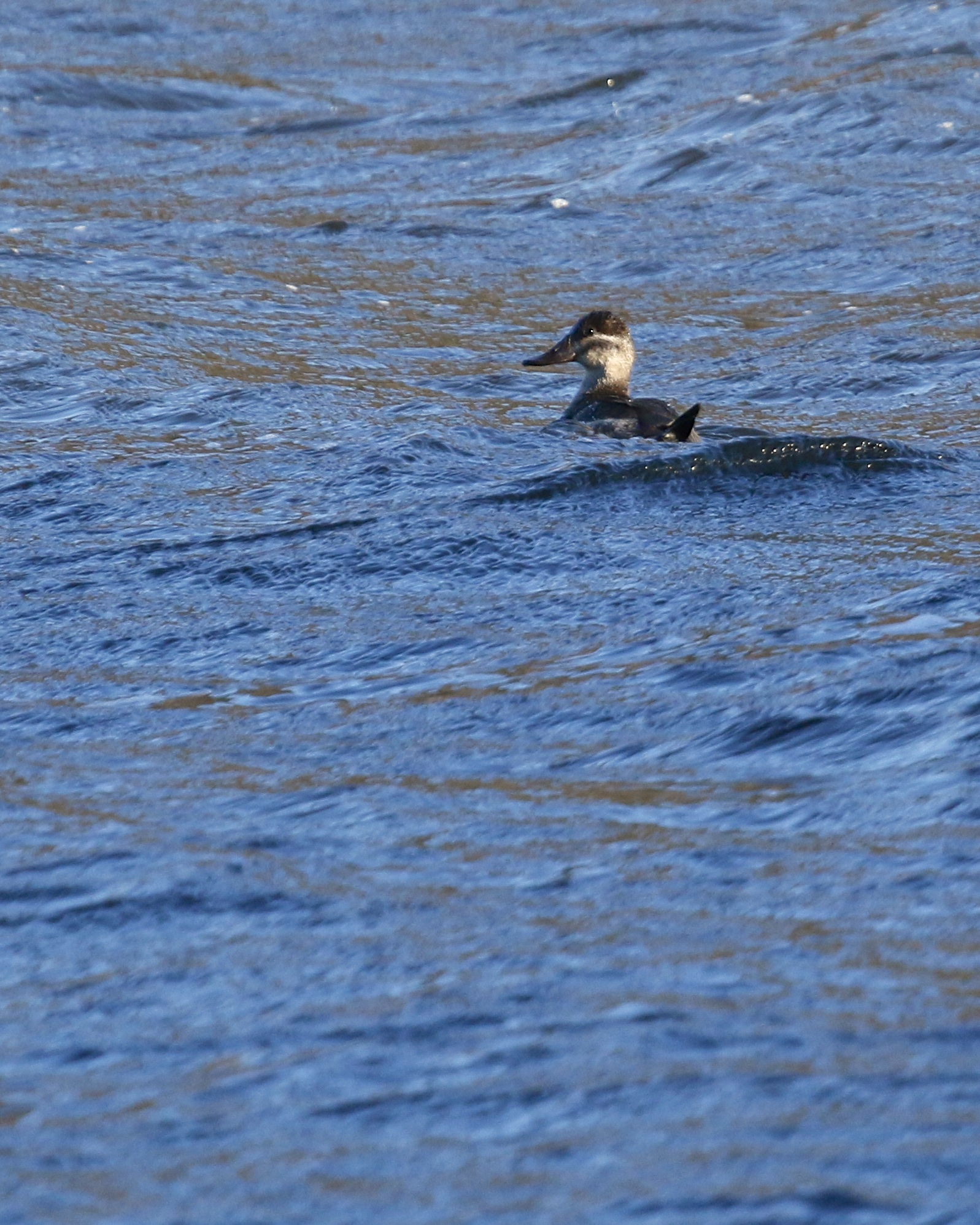

Since it was such a gorgeous afternoon, I returned to the grasslands in the afternoon to try for photos of the Short-eared Owls. The light was a good as it could be, but unfortunately the owls did not cooperate and did not get up until after dark. It was tough to see, but when they did come up I counted at least three. I sat in the north blind until it was too dark for photos and did alright with Northern Harriers:


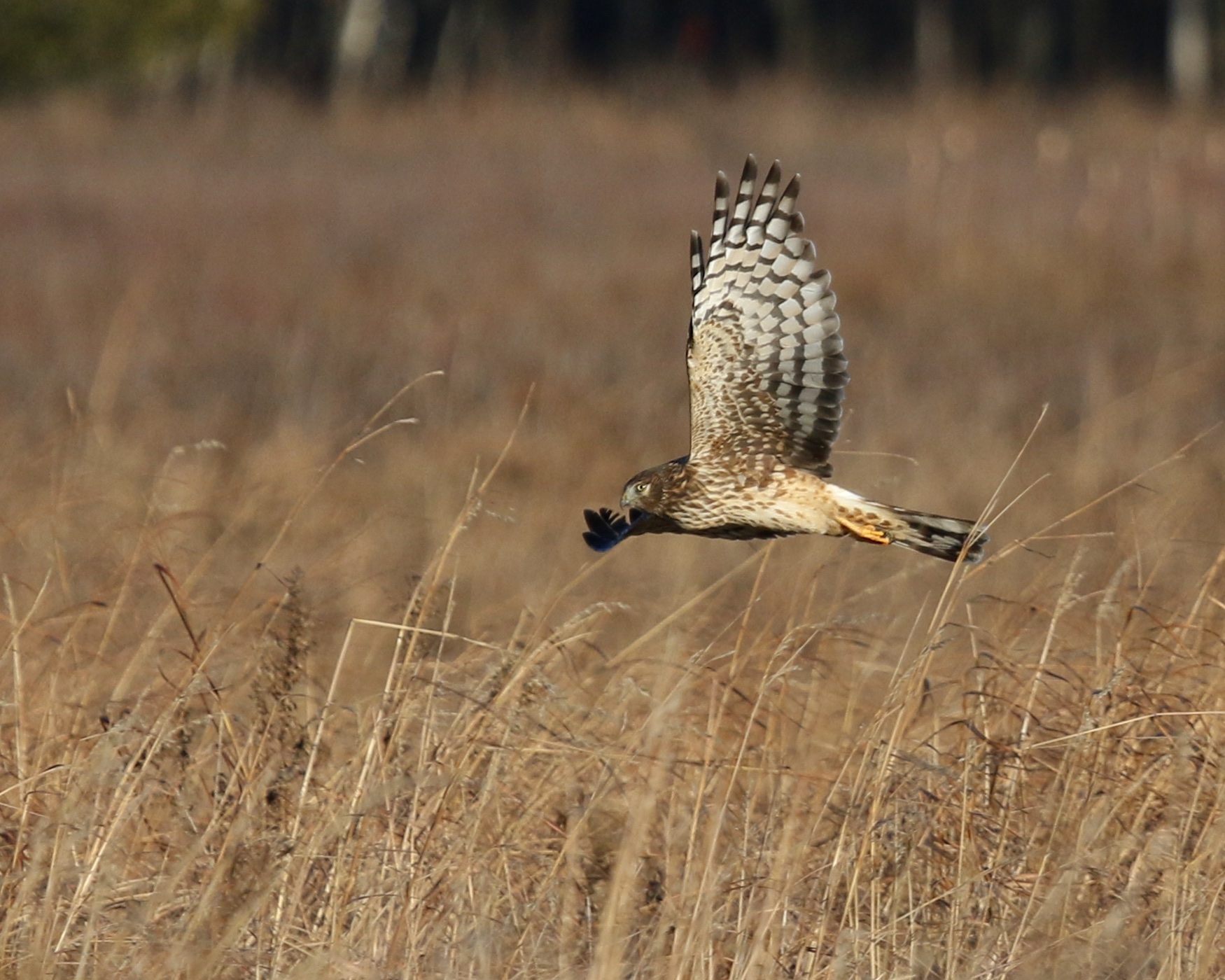
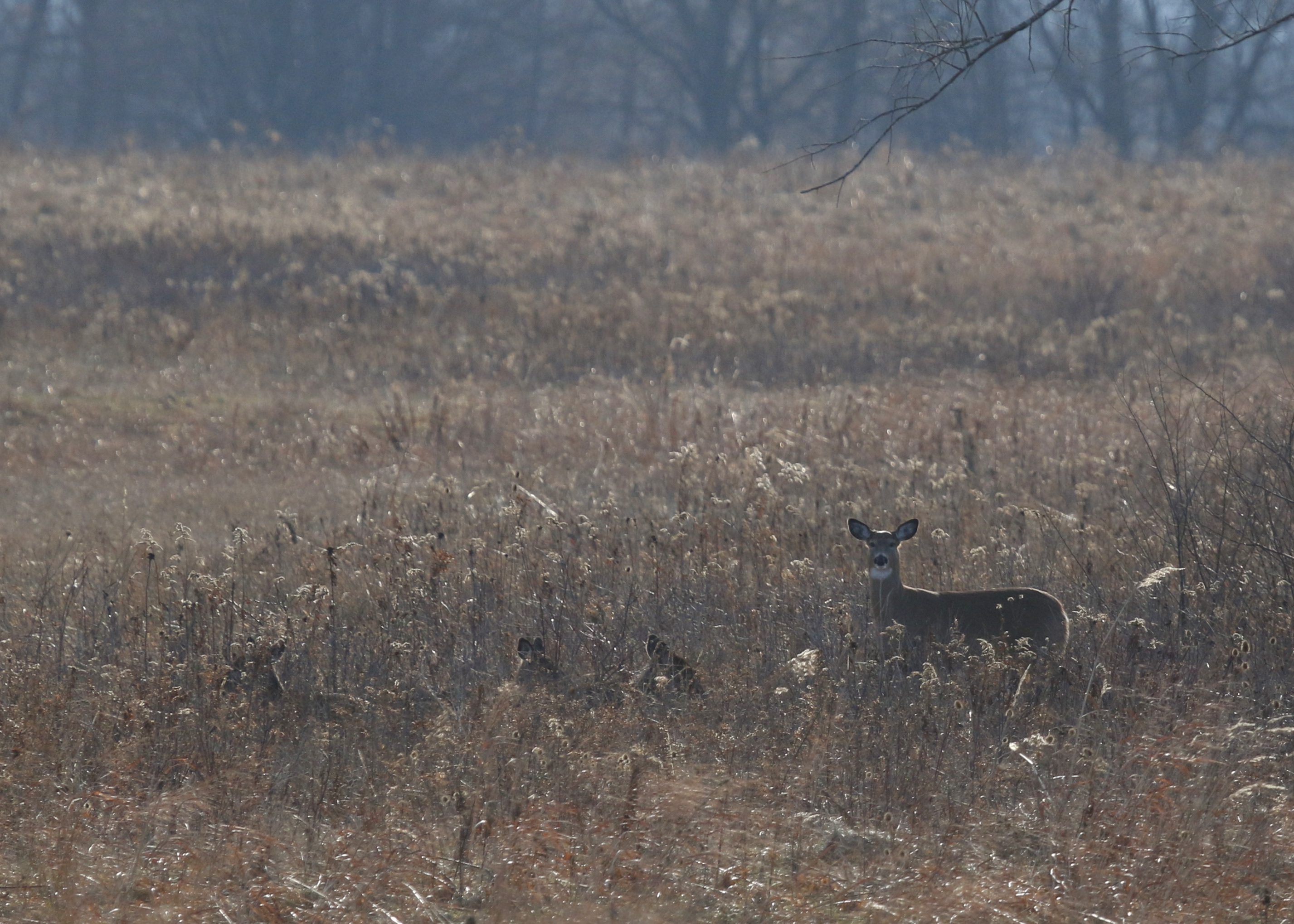

QUICK POST: I birded from sunrise to sunset on this Sunday; the weather was perfect, I saw many good birds, and took a ton of photographs. I do not have time to complete a full post tonight, so here is the first bird I photographed this morning, taken from my car as I pulled into the Shawangunk Grasslands National Wildlife Refuge. Full post tomorrow!
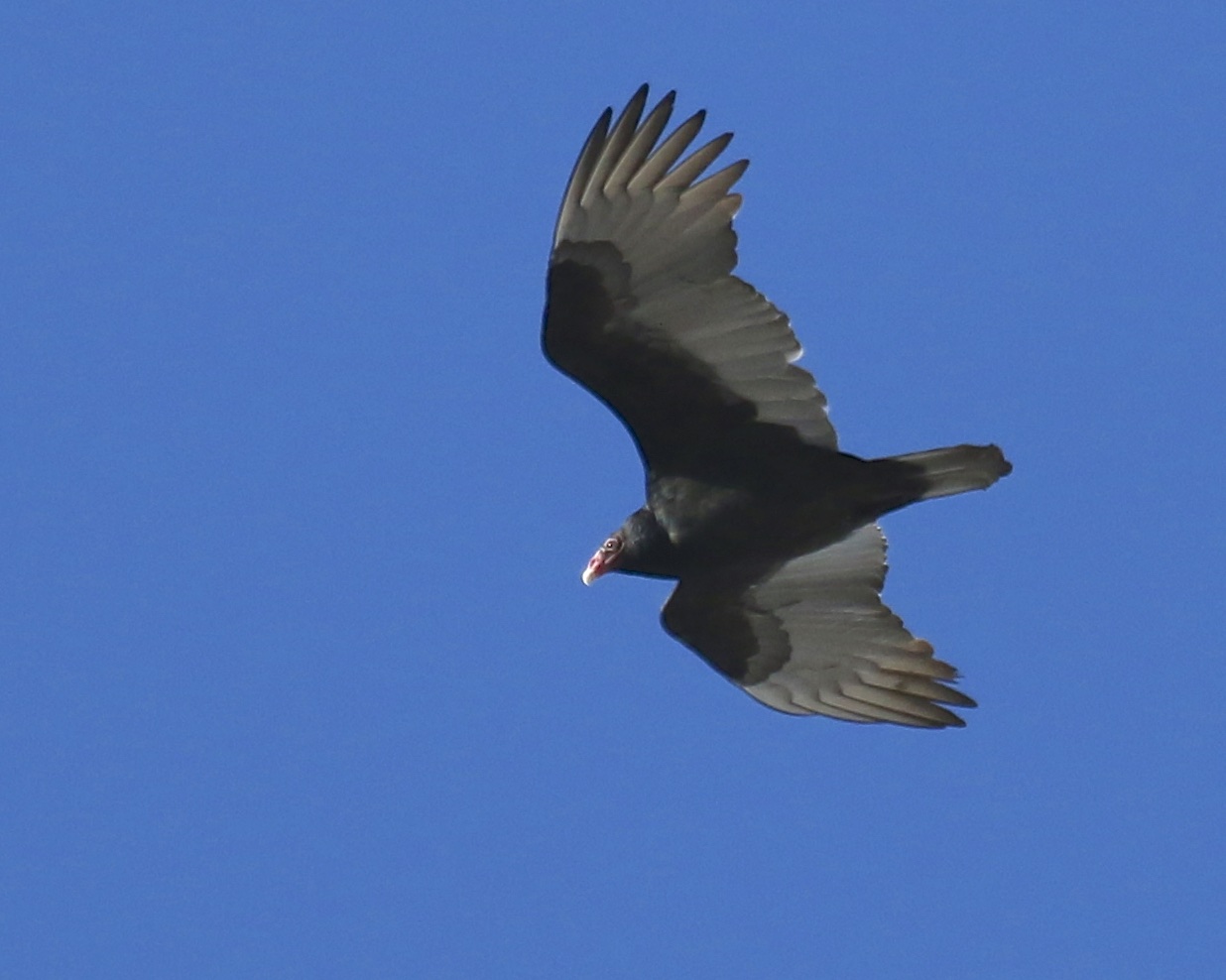
Today was my final day of the season at Mt. Peter Hawk Watch, and it ended up being a really good one. It was a sunny, cool, and crisp day with very few clouds in the sky (which makes it difficult to locate birds). I had one major goal for the day: to surpass 9,000 birds for the season at the watch. We started the day needing 60 migrating raptors to reach this goal. We were successful, thanks to the help of fellow counters Ken Witkowski, Ajit Antony, Denise Ferrel, and Judy Cinquina and once again the young eyes of Kyle Dudgeon. By the end of the day, we had counted 71 birds moving through, which put our total for the season at 9,012 migrating raptors. I was, of course, also hoping for a Golden Eagle or a Northern Goshawk, but both eluded me for this season. It was a tough day for photos, but here is a distant shot of one the adult Bald Eagles that we saw today.

And here is my report for the day:
Mount Peter
Warwick, New York, USA
Daily Raptor Counts: Nov 15, 2014
Species Day’s Count / Month Total / Season Total
Black Vulture 8 90 232
Turkey Vulture 15 216 570
Osprey 0 1 111
Bald Eagle 2 9 79
Northern Harrier 0 9 46
Sharp-shinned Hawk 1 28 1119
Cooper’s Hawk 1 23 122
Northern Goshawk 0 1 1
Red-shouldered Hawk 0 58 136
Broad-winged Hawk 0 0 5685
Red-tailed Hawk 43 428 658
Rough-legged Hawk 0 0 0
Golden Eagle 0 7 10
American Kestrel 0 4 139
Merlin 0 1 23
Peregrine Falcon 0 1 12
Total: 71 889 9012
———————————————————————-
Start time: 09:00:00
Observation end time: 16:00:00
Total observation time: 7 hours
Official Counter Matt Zeitler
Observers: Ajit I. Antony, Denise Farrell, Judith C. Cinquina, Ken Witkowski
Visitors:
Kyle Dudgeon, Bobby Kerr, and Liza Antony.
Weather:
Sunny and cold with very few clouds. Winds out of the NW at 10-15 km/hour. Temperatures ranged from -2 to 2 degrees Celsius.
Raptor Observations:
Two migrating Bald Eagles, one adult and one immature. An additional adult was observed heading NNE.
Non-raptor Observations:
Other Species: Common Loon (7), American Goldfinch (25), Black-capped Chickadees (4), American Robin (37), Ring-billed Gull (12), Canada Goose (22), Pine Siskin (60), American Crow (22), Eastern Bluebird (6), Common Raven (3), and Cedar Waxwing (15).

I had a nice day at Mt. Pete today. The weather was nice – sunny, crisp, and cool without being too cold, and I had enough birds flying to keep it interesting. Thanks to Kyle Dudgeon and Bobby Kerr (whose young eyes helped to locate many birds), and also to Rob Stone and Ajit and Liza Antony for their help. Here’s my report for the day:
Mount Peter
Warwick, New York, USA
Daily Raptor Counts: Nov 08, 2014
——————————————————————-
Species Day’s Count / Month Total / Season Total
—————— ———– ————– ————–
Black Vulture 9 31 173
Turkey Vulture 7 82 436
Osprey 0 0 110
Bald Eagle 0 5 75
Northern Harrier 2 7 44
Sharp-shinned Hawk 3 20 1111
Cooper’s Hawk 1 17 116
Northern Goshawk 0 0 0
Red-shouldered Hawk 8 49 127
Broad-winged Hawk 0 0 5685
Red-tailed Hawk 25 316 546
Rough-legged Hawk 0 0 0
Golden Eagle 0 6 9
American Kestrel 0 4 139
Merlin 0 1 23
Peregrine Falcon 0 1 12
Total: 57 550 8673
———————————————————————-
Observation start time: 09:00:00
Observation end time: 16:00:00
Total observation time: 7 hours
Official Counter: Matt Zeitler
Observers: Ajit I. Antony, Rob Stone
Visitors:
Liza Antony, Kyle Dudgeon and Bobby Kerr.
Weather:
Sunny and cool with some clouds. Temperatures ranged from 1 to 8 degrees
Celsius, with moderate winds from the southwest.
Raptor Observations:
One immature and one unknown Northern Harrier.
Three adult, two immature, and three unknown Red-shouldered Hawks.
Non-raptor Observations:
Other Species: Ring-billed Gull (15), Canada Goose (17), Dark-eyed Junco
(2), White-breasted Nuthatch (2), American Robin (22), American Goldfinch
(2), Common Raven (2), American Crow (12), Blue Jay (8), Tufted Titmouse
(4), Eastern Bluebird (1), Rock Pigeon (1).
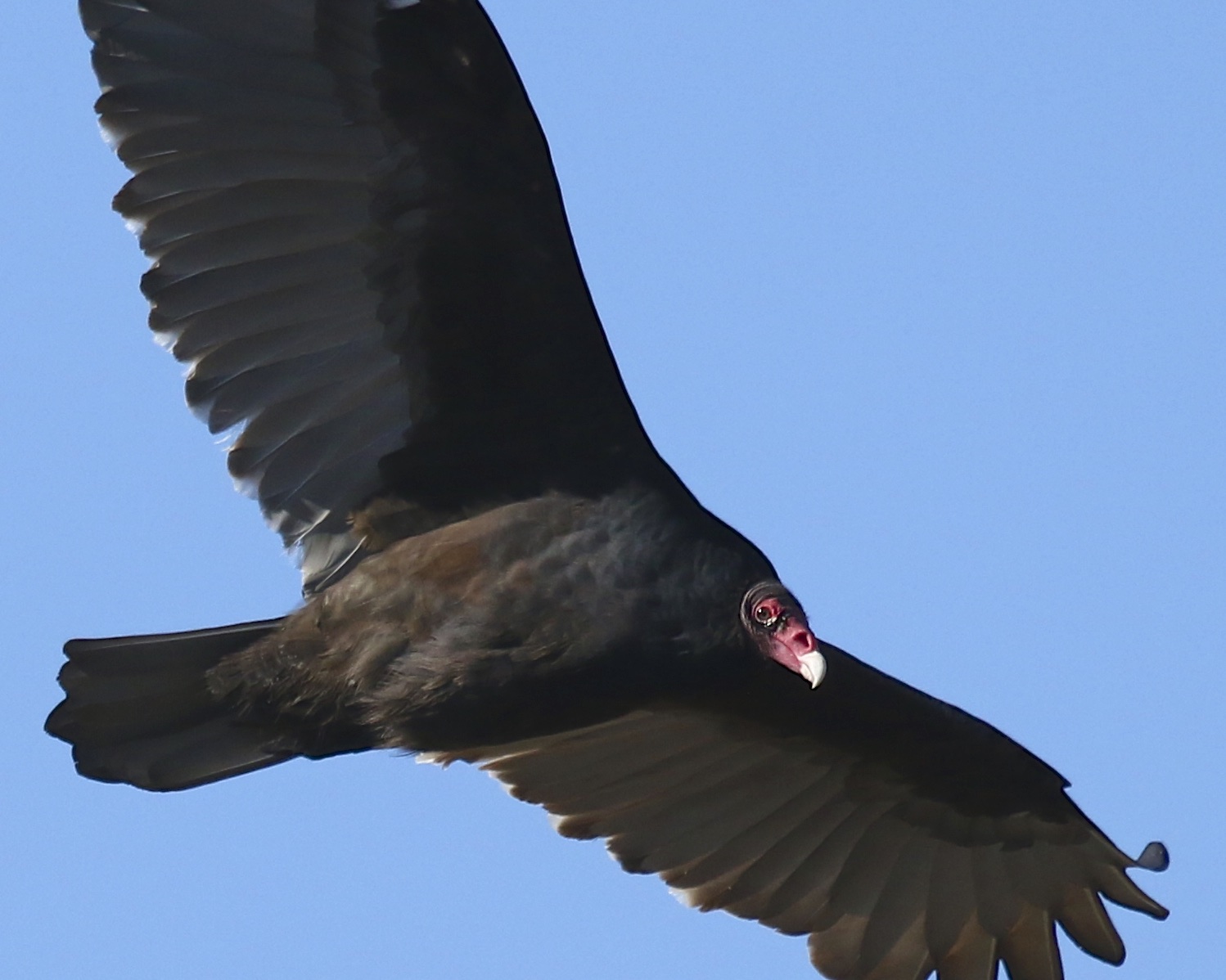

On Friday evening I hit the Black Dirt Region and tried again with the American Pipits:
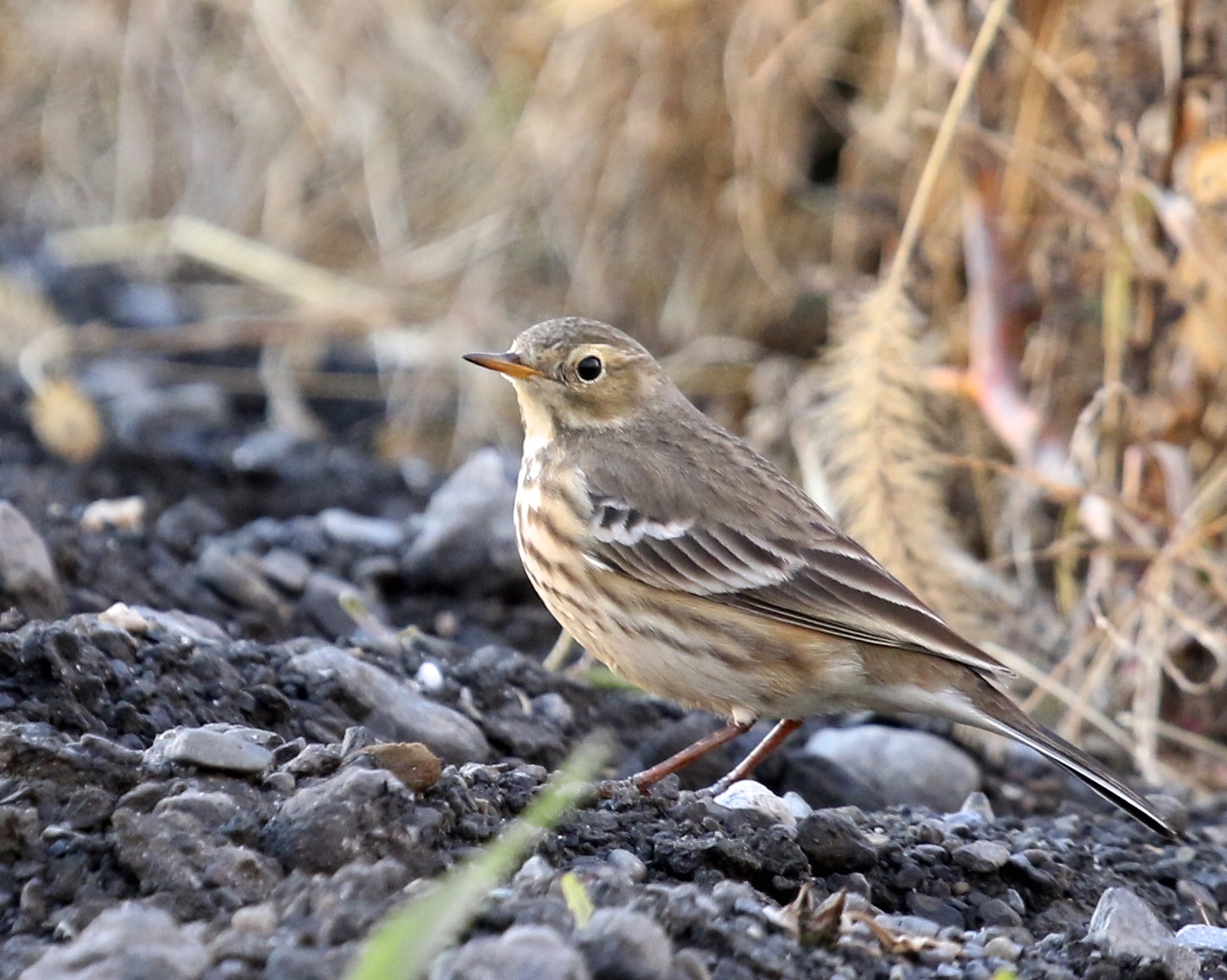
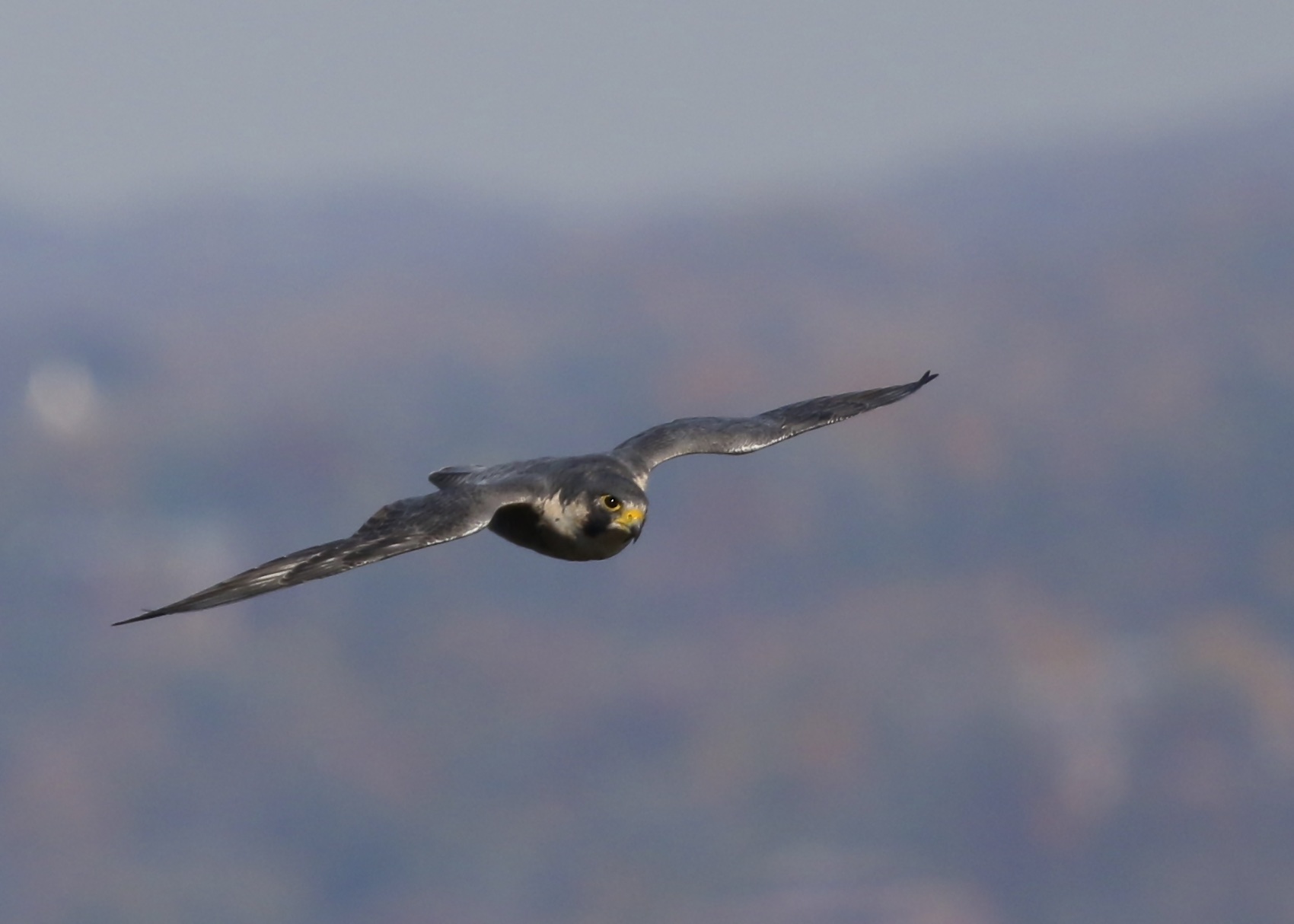
I was on the road for work today and I was passing near State Line Hawk Watch right around lunch, so I stopped in. The raptors were certainly flying; I was there for less than a half hour and I saw: Turkey Vulture (8), Black Vulture (2), Peregrine Falcon (2), Red-tailed Hawk (4), Sharp-shinned Hawk (2), and a single Merlin. Not too shabby for some unexpected birding!
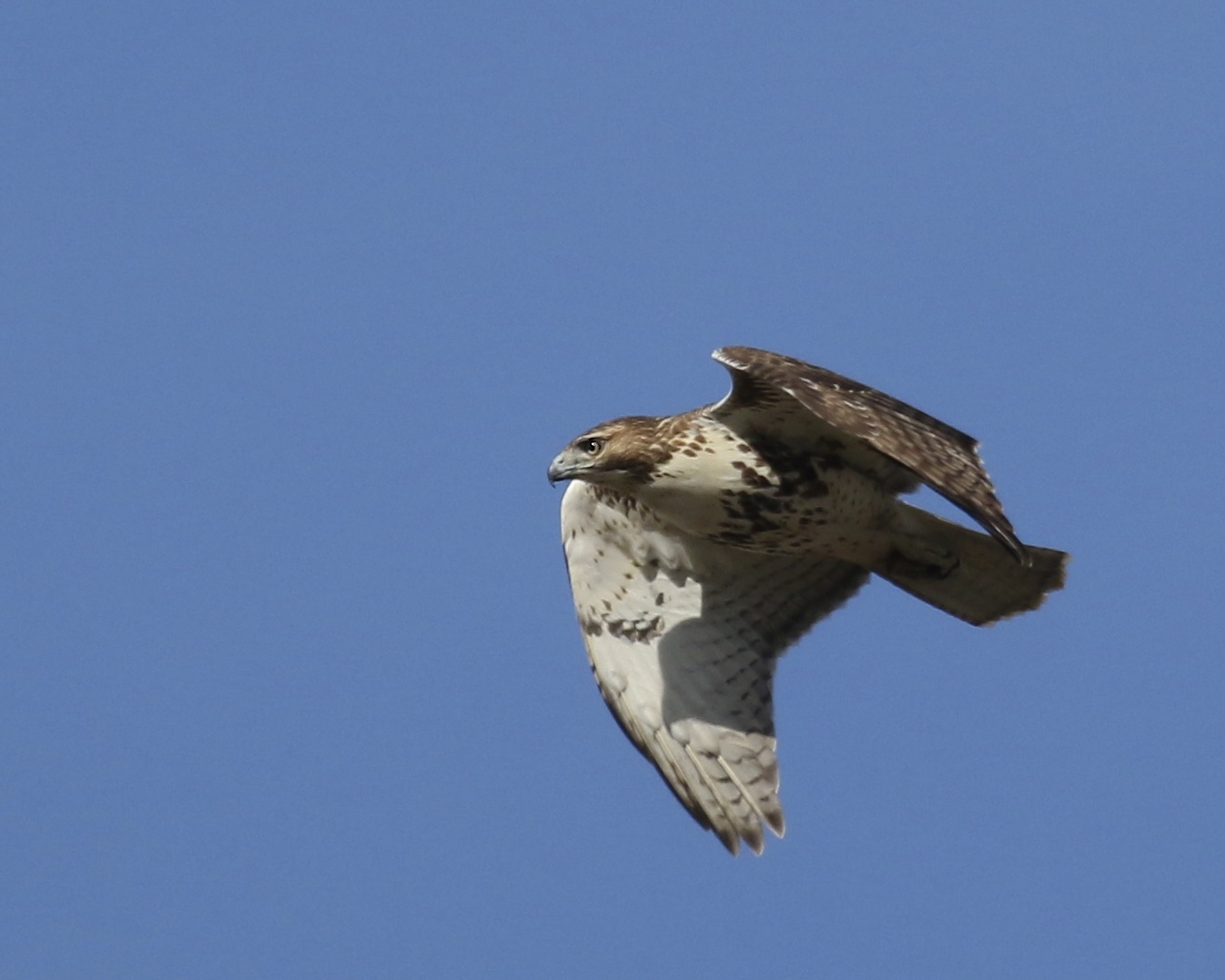
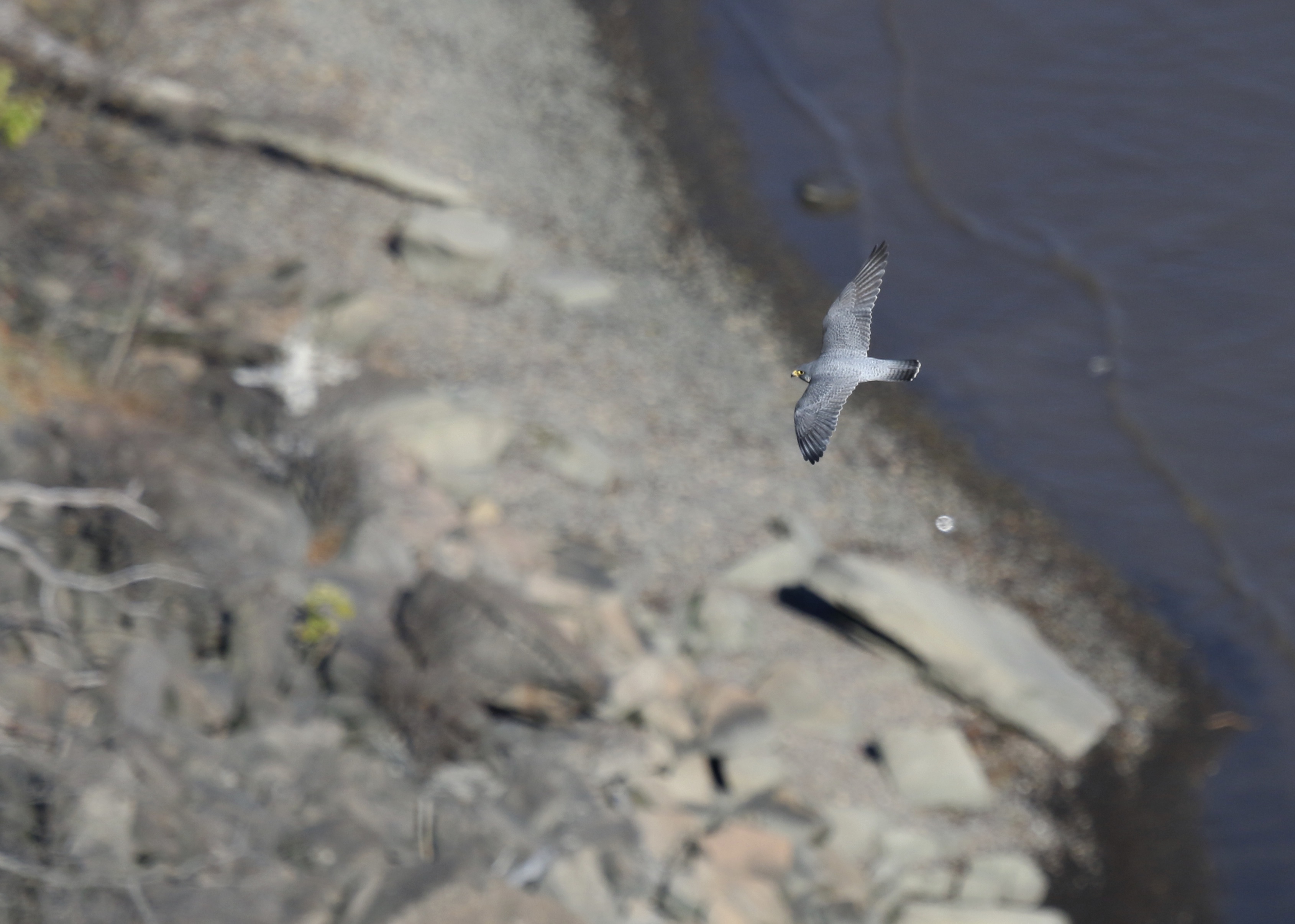
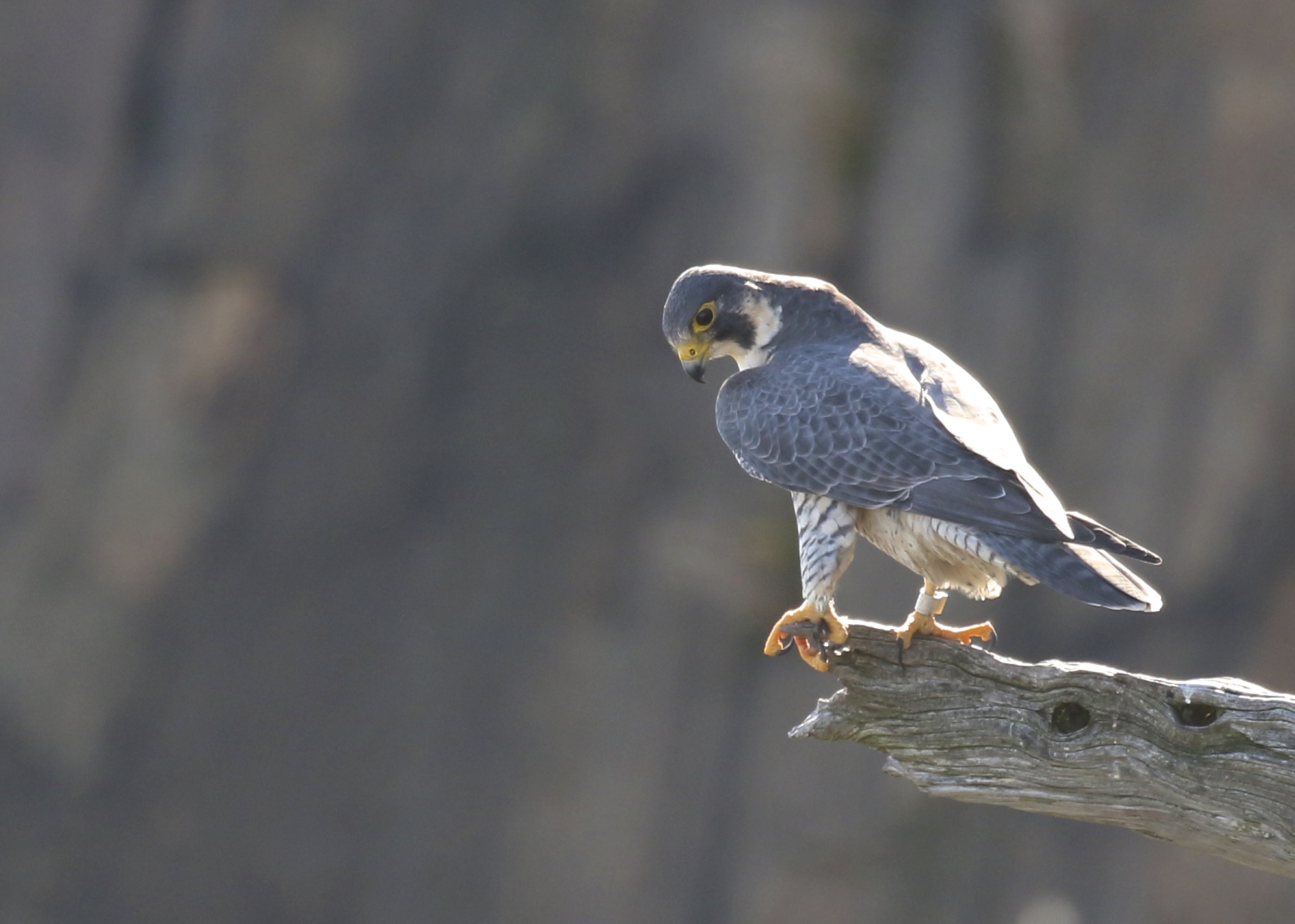
Right before sunset, I was in the Black Dirt Region and I finally got a half way decent shot of an American Pipit (which are plentiful in the area right now).
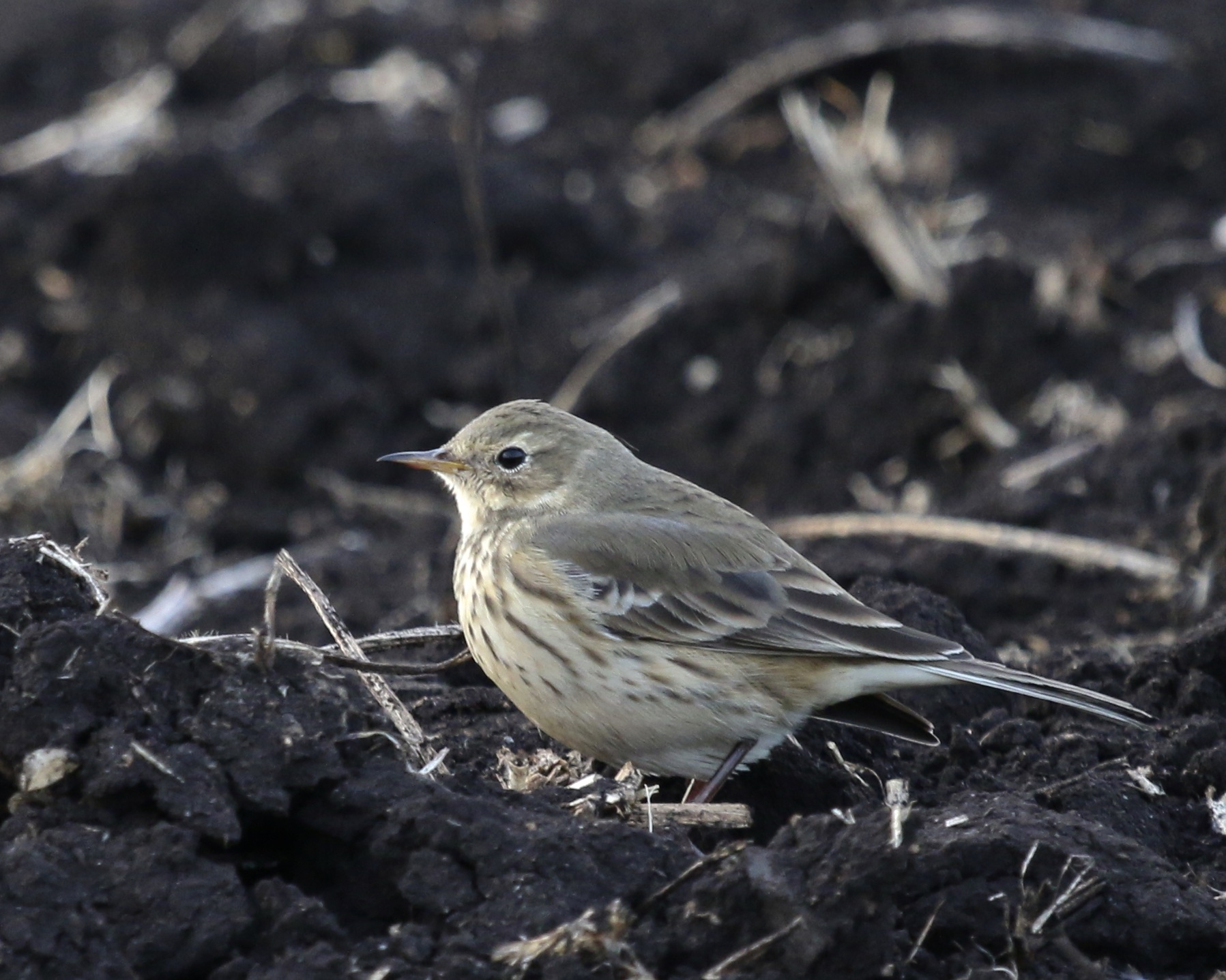

This morning before heading over to Mount Peter for the Hawk Watch, I stopped in Warwick to look for the Cattle Egret but could not locate it. I figured that the bird had certainly moved on. I continued to Mt. Pete, and just as I started to unpack my gear I got a call from Karen Miller, who had relocated the bird. I whizzed down and joined Karen, but the bird flew before I had my camera ready, so once again I only got flight shots of the bird. Karen, on the other hand, got some fabulous shots of the bird perched. Huge thanks to Karen for the heads up, and for the photos that she emailed to me for this post:


I headed back up the mountain and counted hawks. It was cold, gray, and I did just alright with migrating raptors, with 63 for the day. Thanks to PJ Singh and Maria Loukeris for their visits, which really helped on a day like today. Here is my report for the day:
Mount Peter
Warwick, New York, USA
Daily Raptor Counts: Nov 01, 2014
——————————————————————-
Species Day’s Count / Month Total / Season Total
—————— ———– ————– ————–
Black Vulture 5 5 134
Turkey Vulture 24 24 361
Osprey 0 0 110
Bald Eagle 0 0 68
Northern Harrier 1 1 37
Sharp-shinned Hk 3 3 1079
Cooper’s Hawk 0 0 99
Northern Goshawk 0 0 0
Red-shouldered Hk 6 6 78
Broad-winged Hk 0 0 5685
Red-tailed Hawk 19 19 229
Rough-legged Hawk 0 0 0
Golden Eagle 0 0 3
American Kestrel 0 0 134
Merlin 0 0 22
Peregrine Falcon 0 0 11
Total: 63 63 8110
———————————————————————-
Observation start time: 09:00:00
Observation end time: 15:45:00
Total observation time: 6.75 hours
Official Counter: Matt Zeitler
Observers:
Visitors:
PJ Singh, Maria Loukeris
Weather:
Cloudy and cool with the temperature hovering right around 5 degrees
Celsius all day. Winds were over 10 km/hr for the duration of the watch.
Rain caused the watch to start one hour late and end fifteen minutes early.
Raptor Observations:
Four unknown Red-shouldered Hawks, one adult Red-shouldered Hawk, one
immature Red-shouldered Hawk, and one unknown Northern Harrier. The heavy
cloud cover and low light made it challenging to locate and identify
migrating raptors.
Non-raptor Observations:
Other Species: Canada Goose (507), Downy Woodpecker (1), Black-capped
Chickadee (6), Tufted Titmouse (4), American Crow (32), White-breasted
Nuthatch (1), Red-bellied Woodpecker (1), Pileated Woodpecker (1),
White-throated Sparrow (1), Common Raven (2), Pine Siskin (22),
Double-crested Cormorant (1), Snow Goose (1)
